Are you captivated by Renaissance and early modern art? These are the best museums to visit in Germany:
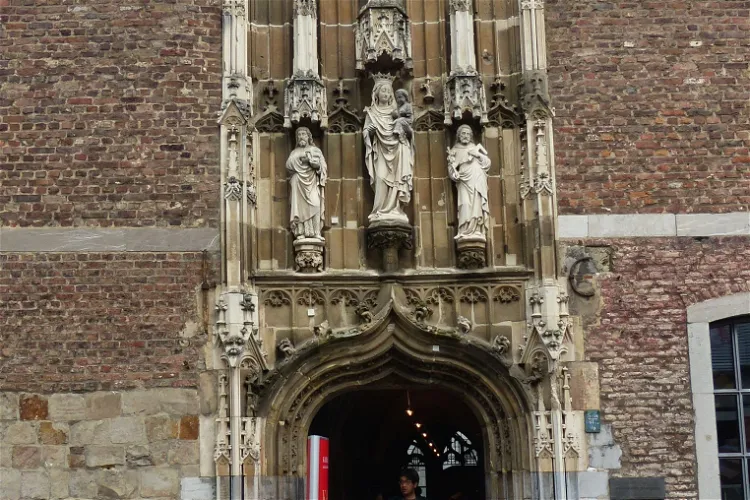
Aachen Cathedral Treasury
AachenThe Aachen Cathedral Treasury is recognized as one of the most significant ecclesiastical treasures in Europe. It houses a unique collection of precious objects from the Middle Ages, reflecting the rich history and cultural heritage of the region. Visitors can explore this vast collection, which offers a glimpse into the religious, artistic, and cultural practices of the past.
City Castle in Weimar
WeimarSchloss Weimar, also known as Stadtschloss, is a significant historical site in Weimar, Thuringia, Germany. It served as the residence of the dukes of Saxe-Weimar and Eisenach, adding to its historical importance. The palace is a part of the World Heritage Site 'Classical Weimar', which highlights Weimar's cultural significance during the late 18th and 19th centuries.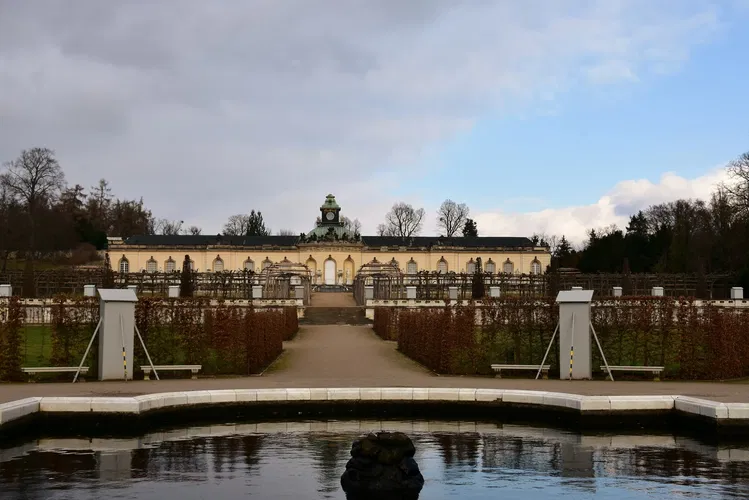
Sanssouci Picture Gallery
PotsdamThe Picture Gallery holds the distinction of being the oldest surviving museum built for a ruler in Germany. This unique status adds to its historical significance and appeal for visitors. Tourists can explore the gallery and gain insights into the cultural and artistic tastes of the rulers of the time.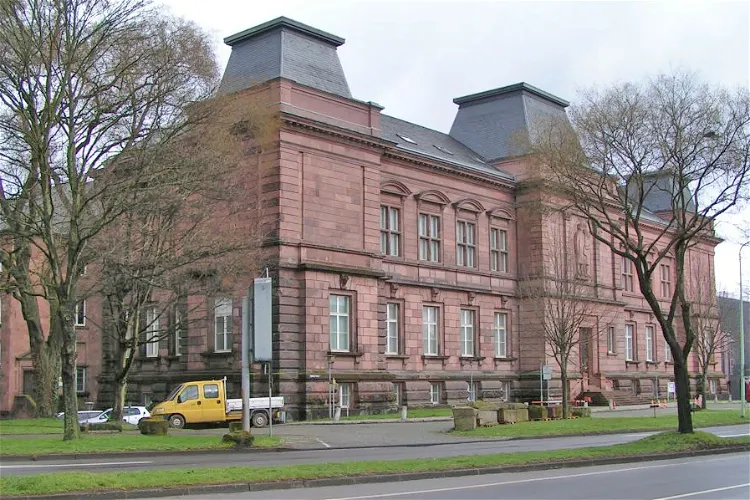
Rheinisches Landesmuseum Trier
TrierThe Rheinisches Landesmuseum Trier is a significant archaeological museum in Germany. Its collections span various periods, from prehistory to the Baroque era, encompassing the Roman occupation and the Middle Ages. This broad range of collections offers visitors a comprehensive insight into the historical development of the region.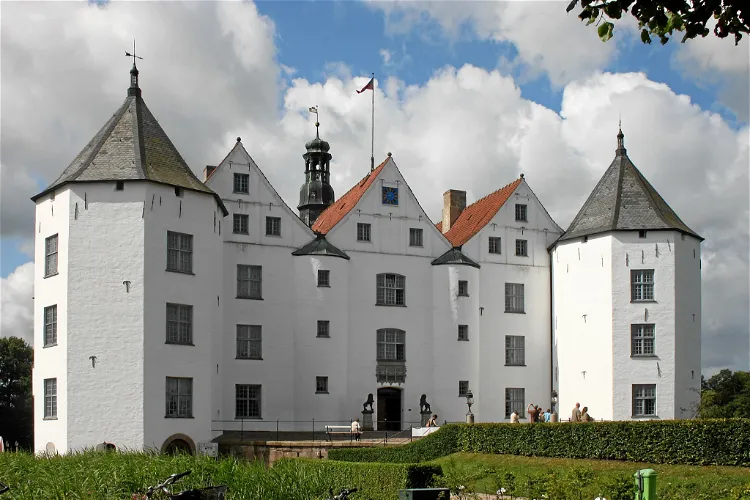
Glücksburg Castle
Glücksburg (Ostsee)Lyksborg Slot, also known as Schloss Glücksburg in German, is a castle located in northern Germany. It was constructed between the years 1582 and 1587 by Hans the Younger, who was the son of Christian 3. This castle is recognized as one of the most significant Renaissance castles in the North.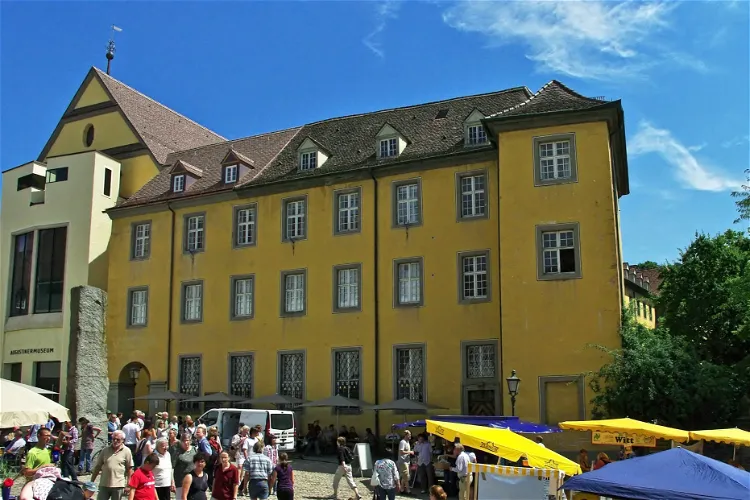
Augustiner Museum
Freiburg im BreisgauThe Augustinermuseum is the principal museum of Freiburg im Breisgau, located in the Baden-Württemberg region of Germany. It is a significant cultural institution in the city, offering a wide range of exhibits and collections for visitors to explore.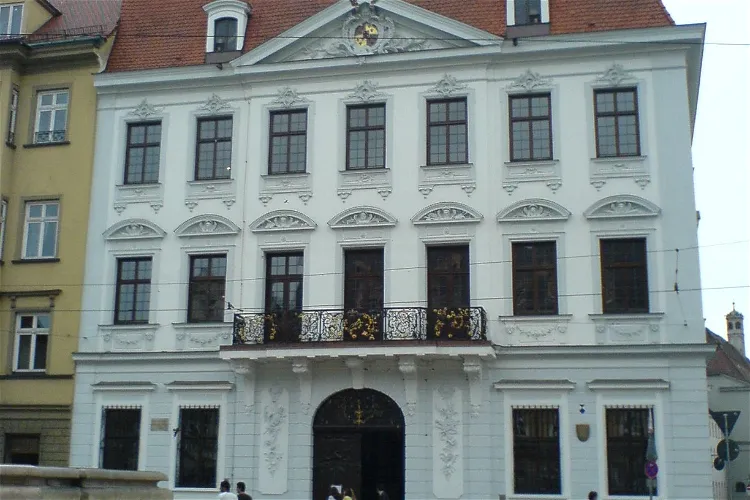
Schaezlerpalais
AugsburgThe Schaezlerpalais in Augsburg is a significant location for art enthusiasts as it houses both city and state art collections. This provides visitors with a unique opportunity to explore a wide range of artworks under one roof. The collections include various periods and styles, offering a comprehensive overview of the art history.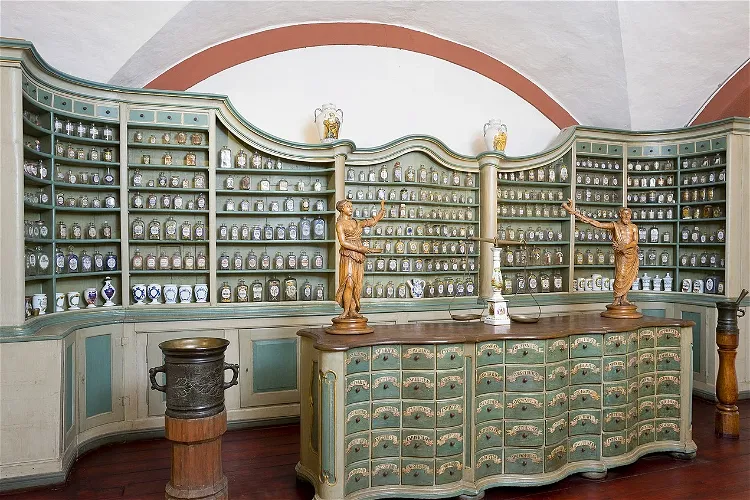
German Pharmacy Museum
HeidelbergThe German Pharmacy Museum in Heidelberg is a unique institution dedicated to the history of pharmacy. It boasts extensive collections that cover the entire German-speaking region from antiquity to the 21st century. This museum provides a comprehensive overview of the evolution of pharmacy and medicine, making it a fascinating destination for anyone interested in history, science, or medicine.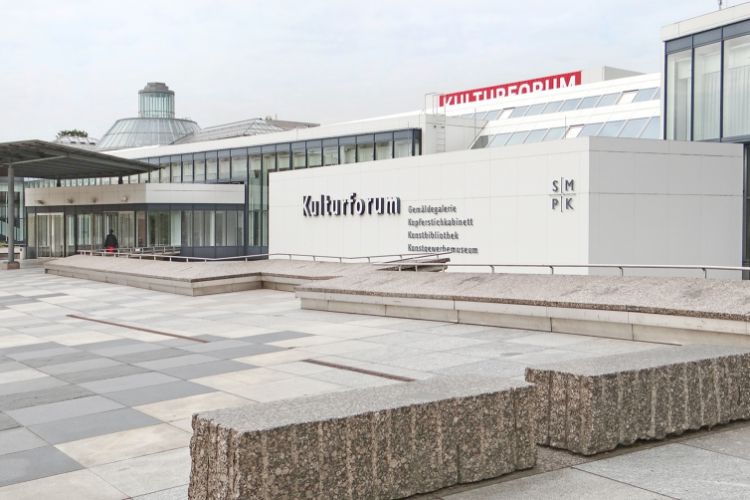
Gemäldegalerie
BerlinArtworks dating back to the 13th - 18th centuries are on display in the Gemäldegalerie, housed in a fairly modern-looking building. Some of the highlights include works by Michelangelo, Rembrandt, and Botticelli. The museum's collections are arranged in a chronological order, making it quite easy to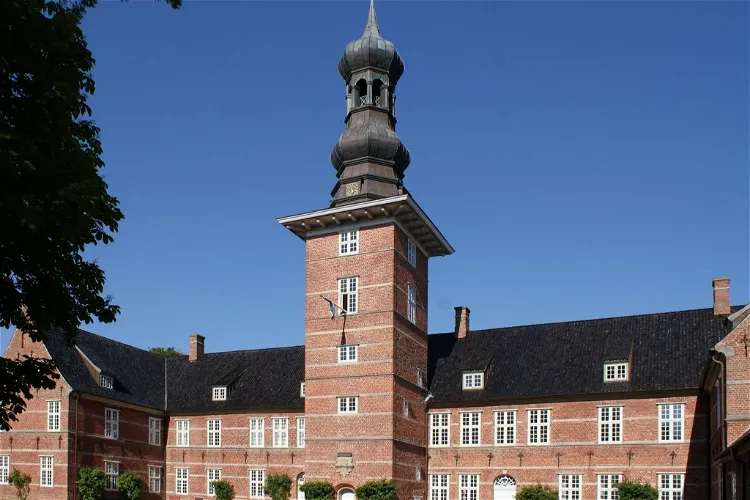
Schloss vor Husum
HusumSchloss vor Husum, also known as Husum Castle, is a historic building that stands as a testament to Dutch Renaissance architecture. Located in the town of Husum, in the Schleswig-Holstein region of northwestern Germany, the castle was constructed between the years 1577 and 1582. The man behind its creation was Duke Adolf von Schleswig-Holstein-Gottorf, who commissioned the building as his temporary residence during his stay on the west coast.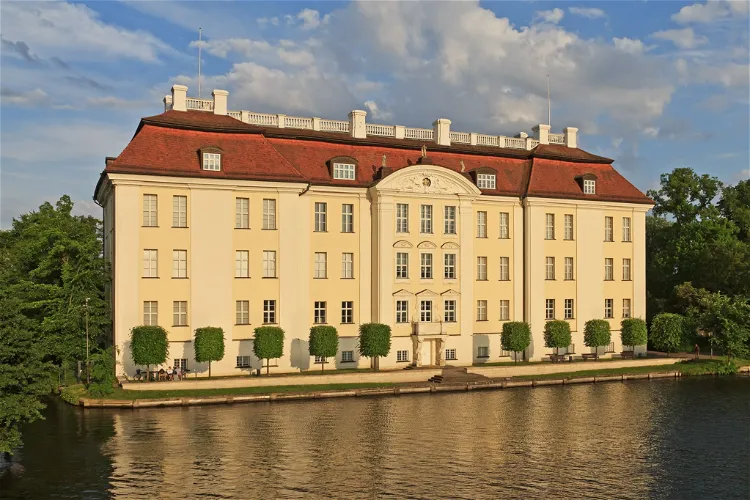
Köpenick Palace
BerlinKöpenick Palace is a unique baroque palace that is surrounded by water. It was built by the Hohenzollern electors of Brandenburg and is located on an island in the Dahme river. This location adds to the charm and beauty of the palace, making it a picturesque spot for visitors.
Old Masters Painting Gallery
DresdenThe Old Masters Painting Gallery (Gemäldegalerie Alte Meister) is a musuem in Dresden that holds a collection of paintings from the 15th to the 18th centuries. The collection contains over 750 paintings, including old masterpieces from the Italian Renaissance and Baroque, but also works by the Flemi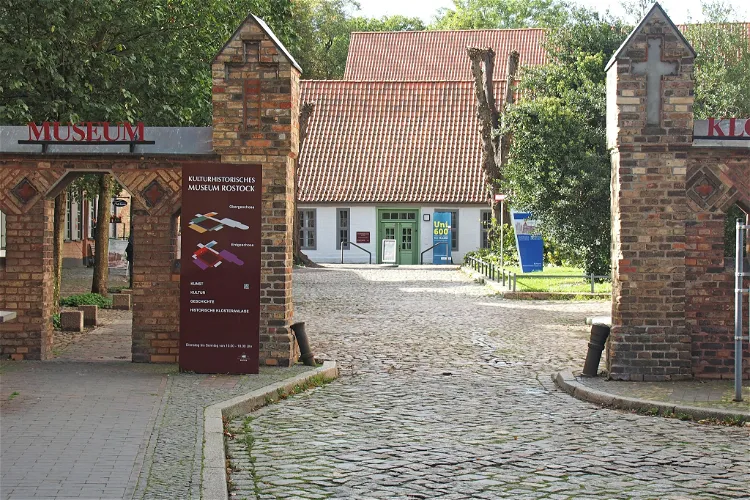
Culture Museum Rostock
RostockThe Culture Museum Rostock, originally named the Municipal Art and Antiquity Museum Rostock, is a significant cultural institution in Mecklenburg-Vorpommern. Established in 1859, it is one of the largest museums in the region, offering a rich collection of art and historical artifacts.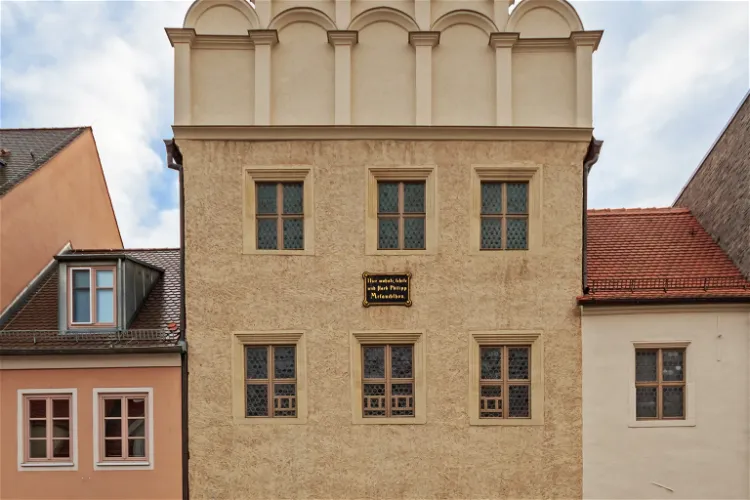
Melanchthon’s House
WittenbergThe Melanchthonhaus in Lutherstadt Wittenberg is a remarkable Renaissance building, known for its late Gothic framed windows and a round-arched tiered gable. Its architectural beauty makes it one of the most attractive townhouses in the city, offering a glimpse into the architectural style of the Renaissance period.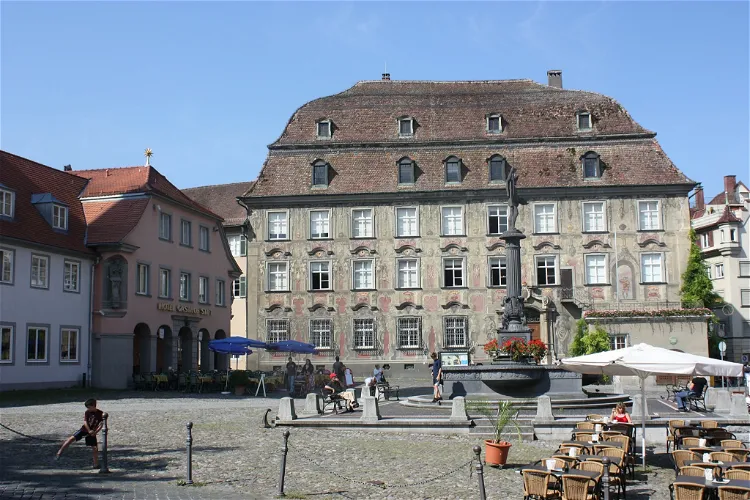
City Museum of Lindau
Lindau (Bodensee)The City Museum of Lindau is situated in the baroque citizen's house Zum Cavazzen, which is located at the market square of the island Lindau (Bodensee). This location is not only central but also steeped in history, making it an interesting destination for tourists who are interested in the rich cultural heritage of Lindau.
Stadtmuseum Hornmoldhaus
Bietigheim-BissingenThe Hornmoldhaus in Bietigheim stands as a testament to the architectural prowess of the Renaissance period in southern Germany. It is one of the best-preserved citizen houses from this era, offering a unique glimpse into the past. The house's intricate design and well-preserved state make it a significant historical site.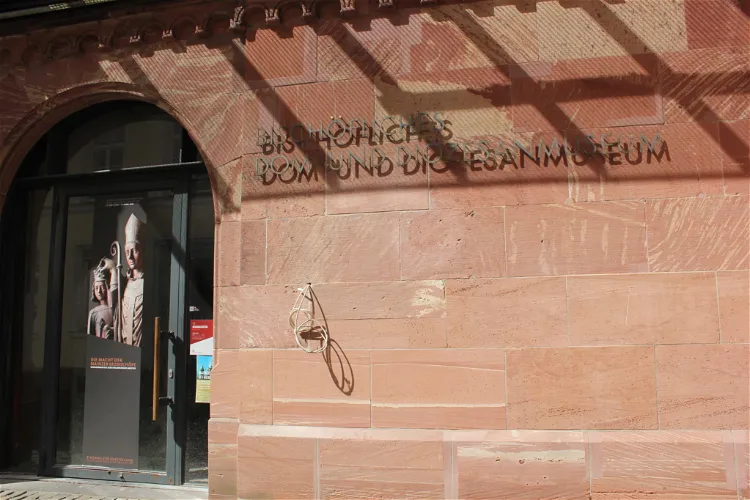
Dom- und Diözesanmuseum (Mainz)
MainzThe Episcopal Museum of the Cathedral and Diocese of Mainz, also known as Dom- und Diözesanmuseum, is situated in the cloister of the Saint Martin Cathedral. This location is in the heart of the old town of Mainz, providing visitors with a historical setting that complements the museum's collections. The museum building, made of sandstone, is located at the foot of the cathedral, adding to the overall historical ambiance.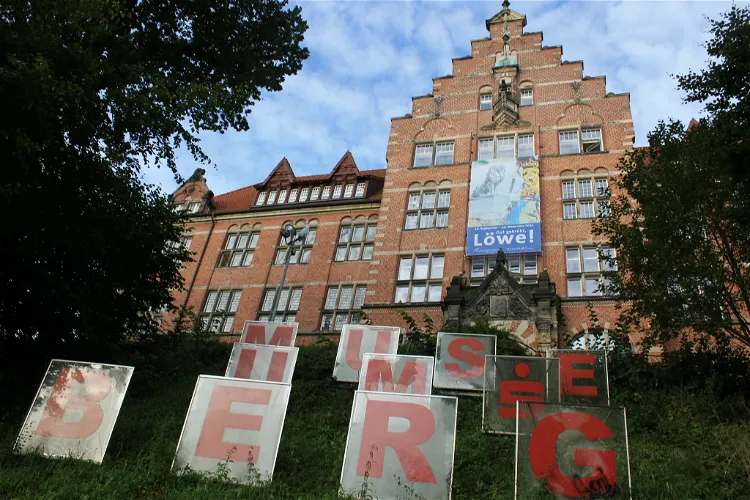
Museumsberg Flensburg
FlensburgMuseumsberg is an art museum located in Flensburg. It is situated in a historic park landscape on a hill next to the inner city. This location provides a unique setting for the museum, offering visitors a chance to enjoy both the art exhibits and the surrounding natural beauty.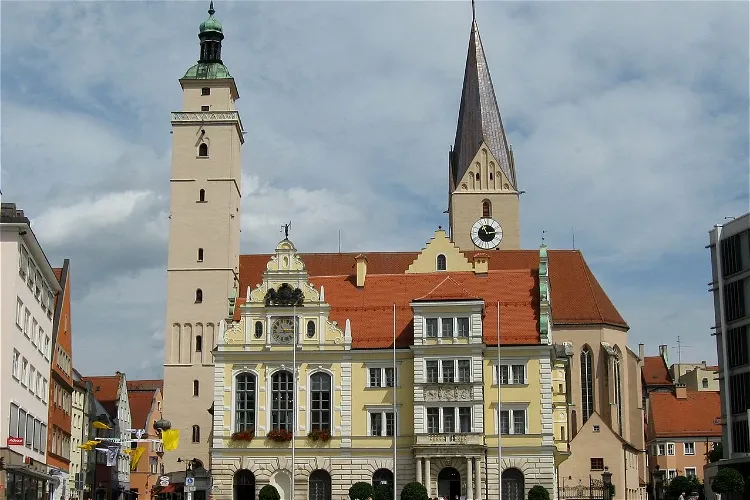
Old Town Hall
IngolstadtBetween 1882 and 1884, the four buildings that make up the Old Town Hall were redesigned and combined by Gabriel von Seidl. The result is a beautiful Neo-Renaissance style structure that stands as a testament to the architectural prowess of the time. Visitors can appreciate the intricate details and craftsmanship that went into this transformation.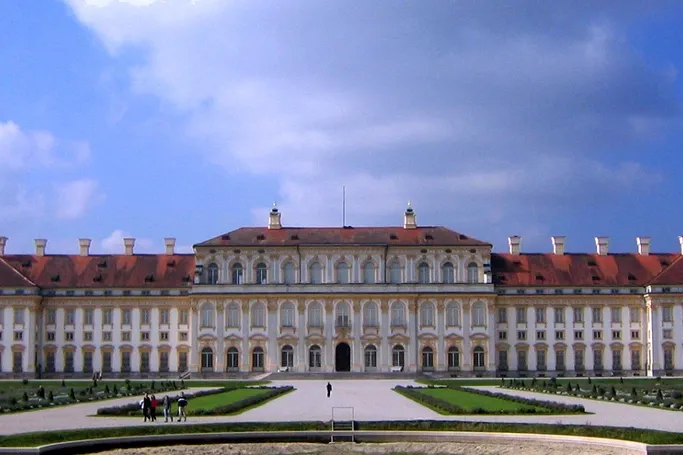
New Schloss Schleißheim
MunichSchleißheim Palace, located in the municipality of Oberschleißheim, north of Munich, is a German palace complex that consists of three palaces. These are the Old Schleißheim Palace and the New Schleißheim Palace, both situated in the western area of the park, and the Lustheim Palace, which is located in the eastern area of the park. Each palace offers a unique glimpse into the history and architecture of the region.
Hamburger Kunsthalle
HamburgThe Hamburger Kunsthalle is the art museum in Hamburg and is one of the largest museums in Germany. The Kunsthalle covers seven centuries of European art, from the Middle Ages to the present day. The museum is divided into four main sections: the Gallery of Old Masters, the Gallery of 19th-century A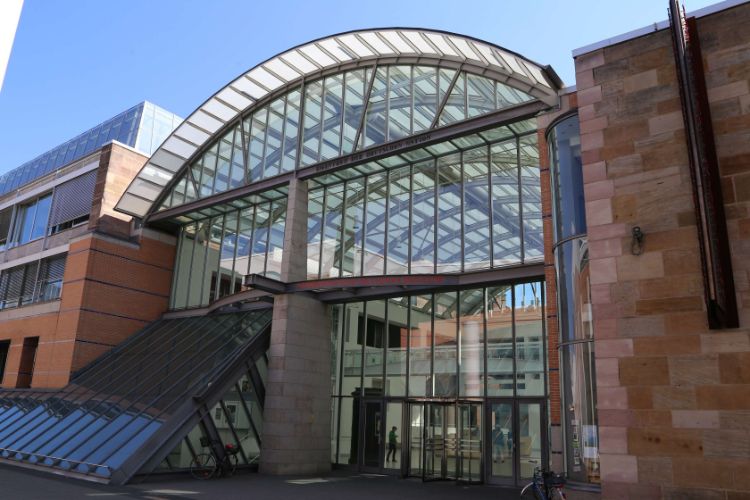
Germanisches Nationalmuseum
NurembergThe Germanisches Nationalmuseum is the largest museum of cultural history in Germany, located in Nuremberg. The museum holds and exhibits a large collection of items related to German culture and art from prehistoric times to the present day. The collection consists of around 1,3 million objects of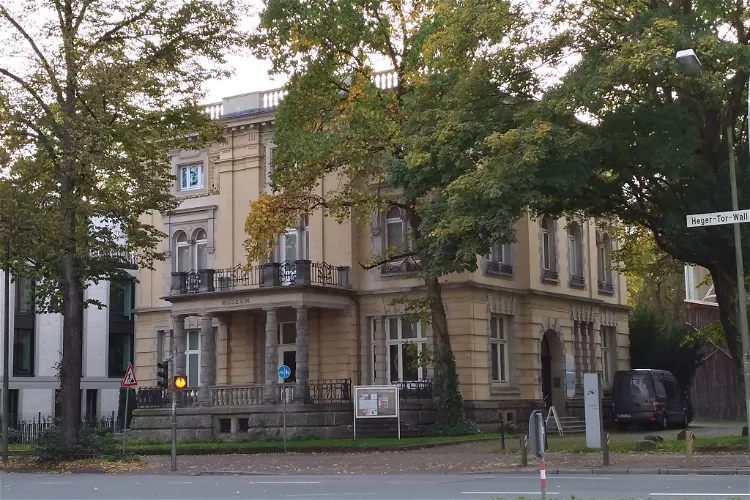
Kulturgeschichtliches Museum
OsnabrückThe Kulturgeschichtliches Museum Osnabrück, also known as the Museum am Heger Tor, is a museum located in Osnabrück. It showcases a wide range of exhibits that cover various aspects of history and culture. These include prehistory and early history, city history and everyday culture, as well as ancient art, arts and crafts and design. The museum also houses a collection of costumes, weapons and armor, coins and medals.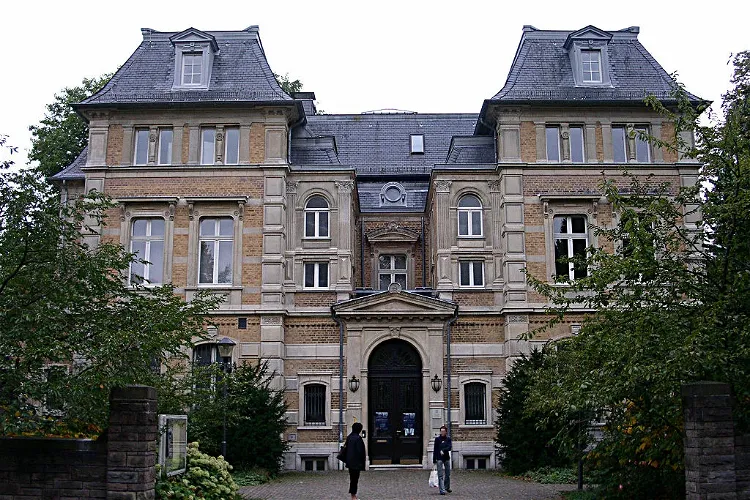
Kunstmuseum Villa Zanders
Bergisch GladbachVilla Zanders, located in Bergisch Gladbach in the Rheinisch-Bergischen Kreis of North Rhine-Westphalia, is a former industrialist villa that belonged to the Zanders family. This three-story brick building is structured with natural stone in the style of the French Renaissance. The villa was built in 1873-1874 for Maria Zanders, the widow of Carl Richard Zanders, and was originally situated in the middle of a small park, of which only remnants remain.
Langenburg Castle
LangenburgOne of Germany's castle gems. The Renaissance courtyard is simply charming and the automobile museum is also worth a visit.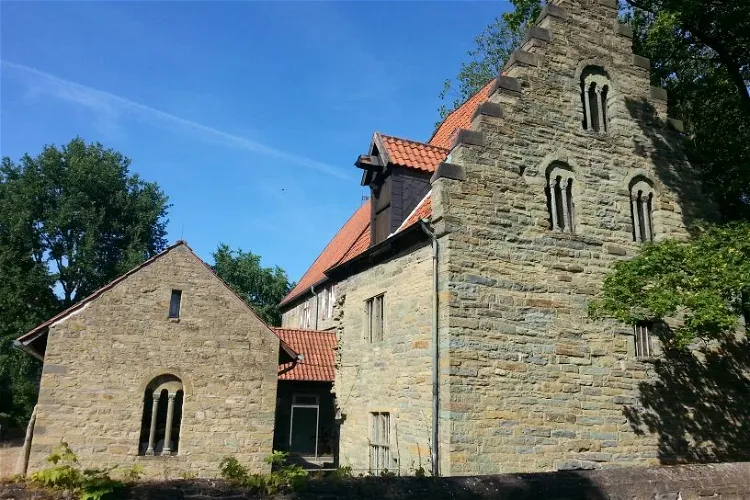
Burghofmuseum Soest
SoestThe Burghof is a historic patrician house located in Soest, which now houses a city history museum. This museum offers a deep dive into the rich history of the city, providing visitors with a unique opportunity to learn about the past. The Burghof also features a historic banquet hall, which adds to the charm and historical significance of the place.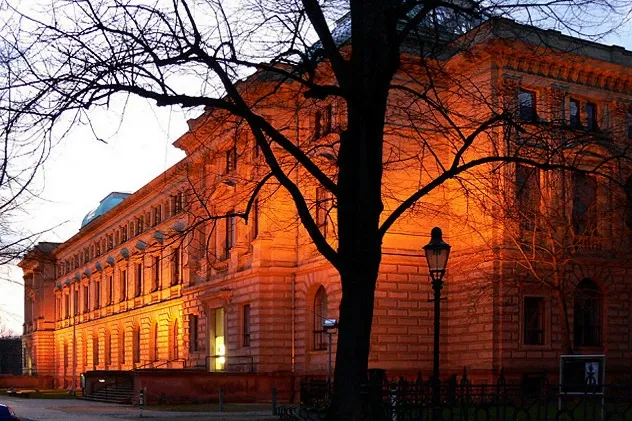
Herzog Anton Ulrich Museum
BrunswickThe Herzog Anton Ulrich Museum, also known as HAUM, is an art museum located in the city of Braunschweig in Lower Saxony, Germany. It is a significant cultural institution in the region, offering visitors a chance to explore a wide range of art collections.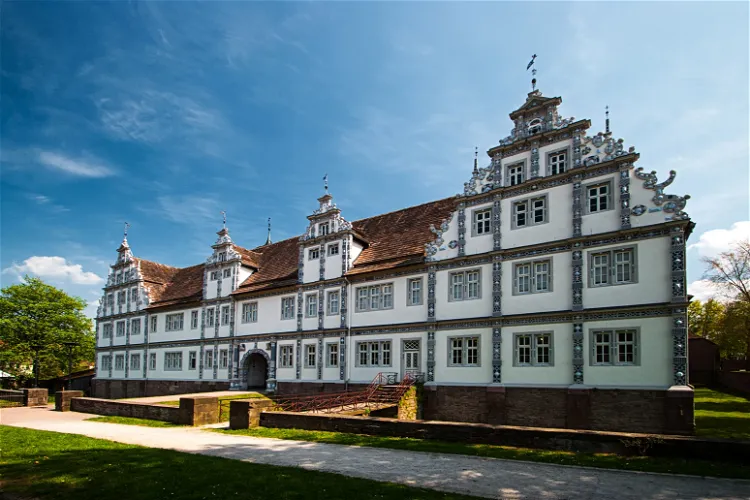
Bevern Castle
BevernBevern Castle, situated in the southern part of the Holzminden district in Lower Saxony, is a significant architectural monument of the Weser Renaissance. The castle was constructed between 1603 and 1612 by Statius von Münchhausen, replacing an old manor that previously occupied the site.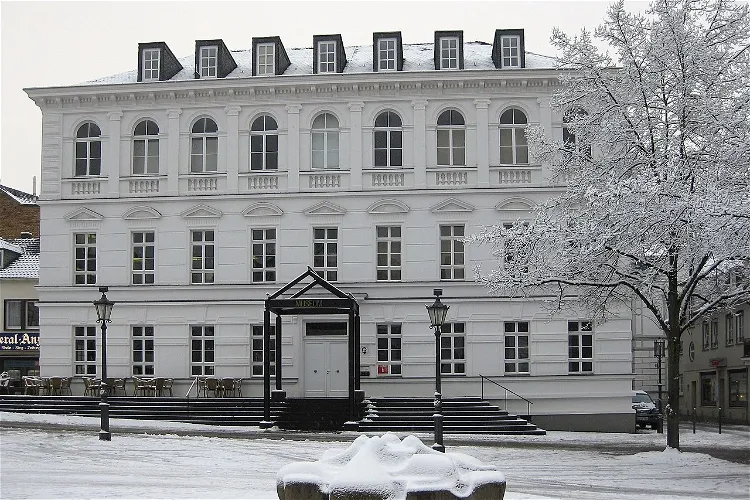
Stadtmuseum Siegburg
SiegburgThe Stadtmuseum Siegburg is a museum that focuses on archaeology, art, and cultural history. It provides a comprehensive documentation of the history of Siegburg, from its earliest times to the present day. The museum's exhibits cover a wide range of topics, making it a fascinating destination for anyone interested in learning more about the city's past.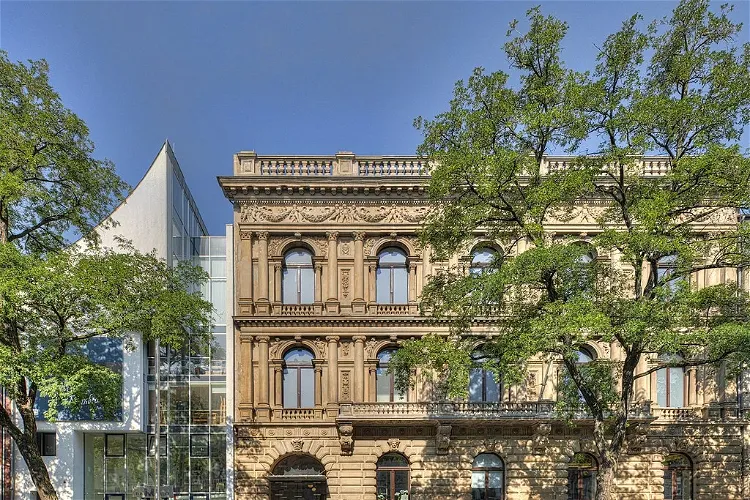
Suermondt-Ludwig-Museum
AachenThe Suermondt-Ludwig-Museum, located in Aachen, Germany, is an art museum that was established in 1877. It is named after its founder, Barthold Suermondt, and art collectors Irene and Peter Ludwig. The museum is known for its extensive collection of artworks, which includes pieces from various periods and styles.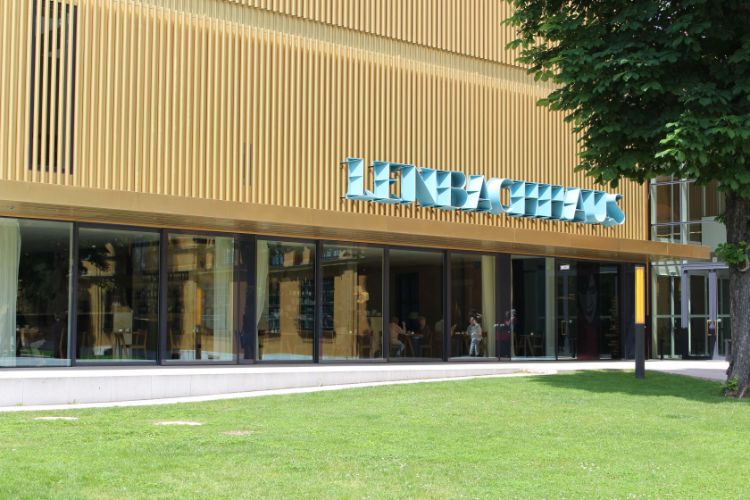
Municipal Gallery in Lenbach House
MunichThe Municipal Gallery in Lenbach House is a museum in Munich that is housed in the former villa of the German painter Franz von Lenbach, built between 1887 and 1891. The museum primarily displays work by painters that worked in Munich in the 18th and 19th centuries. The paintings of the Münchner Sch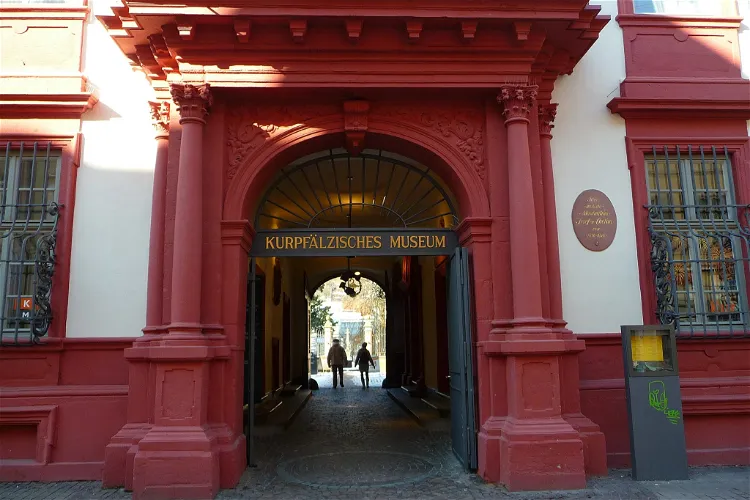
Palatinate Museum
HeidelbergThe Palatinate Museum, also known as the Kurpfälzisches Museum, is a renowned museum of art and archaeology situated in Heidelberg, Germany. The museum is housed in the historic Palais Morass, adding to its charm and appeal.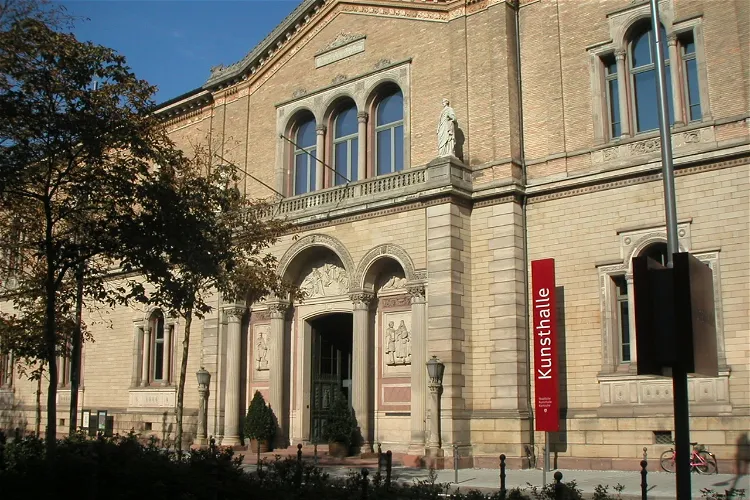
Staatliche Kunsthalle Karlsruhe
KarlsruheThe Staatliche Kunsthalle Karlsruhe, an art museum, was designed by Heinrich Hübsch and inaugurated in 1846. This historical establishment has been a cornerstone of the city's cultural scene for over a century and a half, offering visitors a chance to explore a wide range of art collections.
State Gallery of Stuttgart (Staatsgalerie)
StuttgartThe Staatsgalerie Stuttgart (State Gallery) is an art museum in Stuttgart in Germany that exhibits painting from the end of the Middle Ages as well as sculptures from the 19th century and an extensive graphic collection. The collection of the Staatsgalerie contains around 5,000 paintings and sculptu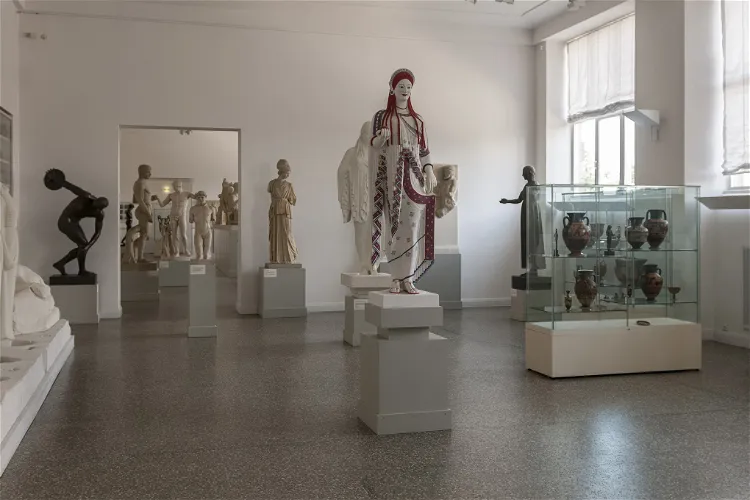
Kunsthalle Kiel
KielThe Kunsthalle zu Kiel is an art museum located in Kiel, Germany. With a sprawling 2,000 square meters of exhibition space, it stands as the largest museum in the state capital. This makes it a significant destination for art enthusiasts and tourists alike, offering a wide range of exhibits to explore.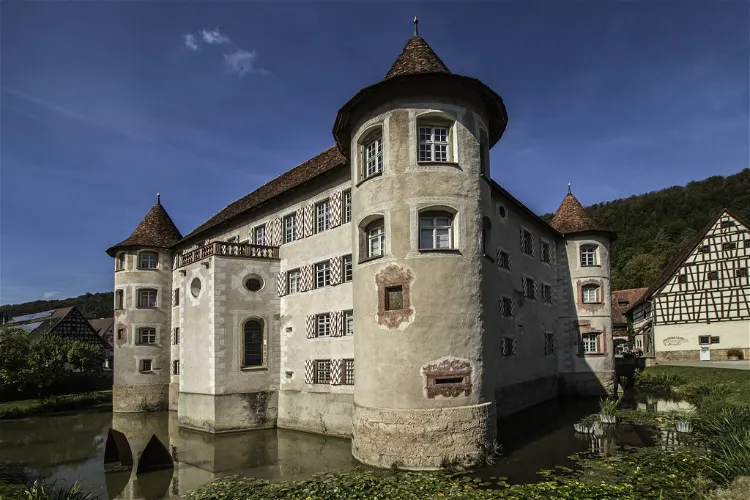
Wasserschloss Glatt
Sulz am NeckarWasserschloss Glatt is a historic site located in the village of Glatt, a district of Sulz am Neckar in the valley of Glatt, Rottweil district, Baden-Württemberg. It is recognized as one of the oldest Renaissance castles in southern Germany and is among the few preserved moated castles in the state of Baden-Württemberg. This makes it a significant landmark for those interested in history and architecture.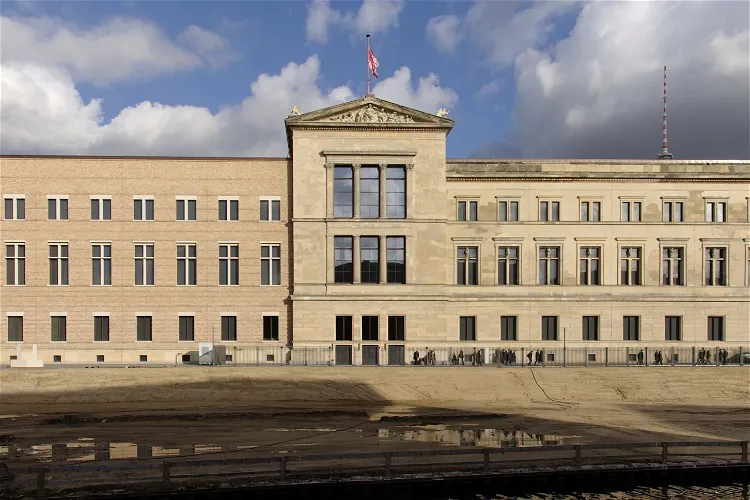
Neues Museum
WeimarThe Neues Museum Weimar, which was known as the Thuringian State Museum from 1919 to 1946 and as the Neues Museum Weimar from 1999 to 2020, is a museum located in Weimar that is dedicated to contemporary art. It was the first museum of its kind in the region of the former GDR. The museum building was constructed as the Großherzogliches Museum (Grand Ducal Museum) between 1864 and 1869 by the Prague architect Josef Zítek.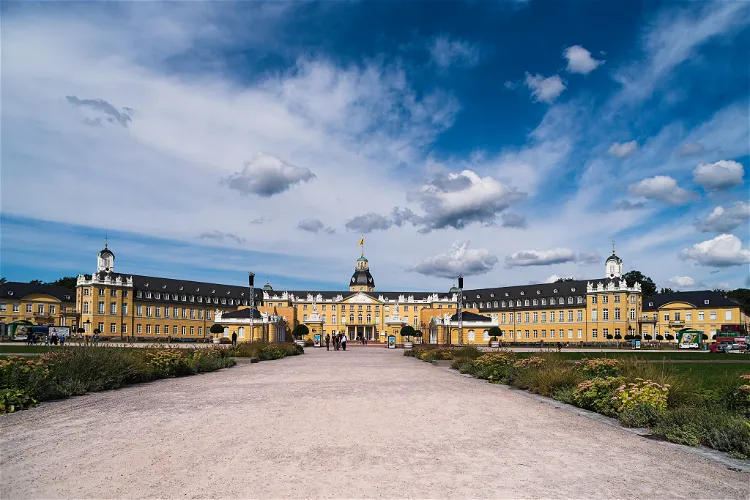
State Museum of Baden
KarlsruheThe Badisches Landesmuseum, or the Baden State Museum, is a significant historical and artistic institution in Baden-Wurttemberg. Established in 1919, the museum has been housed within the castle in Karlsruhe since 1921. This location adds a unique historical charm to the museum, making it a fascinating destination for tourists interested in history, art, and architecture.
Art and Exhibition Hall of the Federal Republic of Germany
BonnThe Art and Exhibition Hall of the Federal Republic of Germany, also known as the Bundeskunsthalle, is a popular destination for tourists. It is located in Bonn, as part of the renowned 'Museum Mile'. This museum is one of the most frequented in Germany, attracting a large number of visitors each year.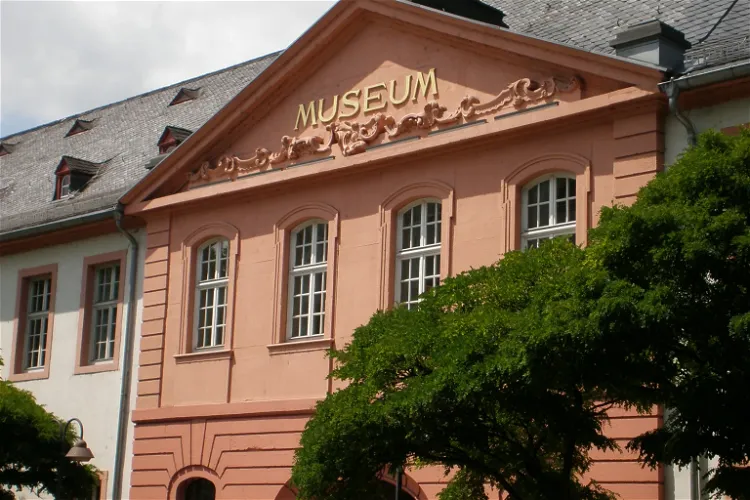
Mainz State Museum
MainzThe Mainz State Museum, also known as Landesmuseum Mainz, is a significant institution in Mainz, Germany, dedicated to the preservation and exhibition of art and history. The museum's collections span a wide range of periods and cultures, offering visitors a comprehensive insight into the rich history and artistic heritage of the region.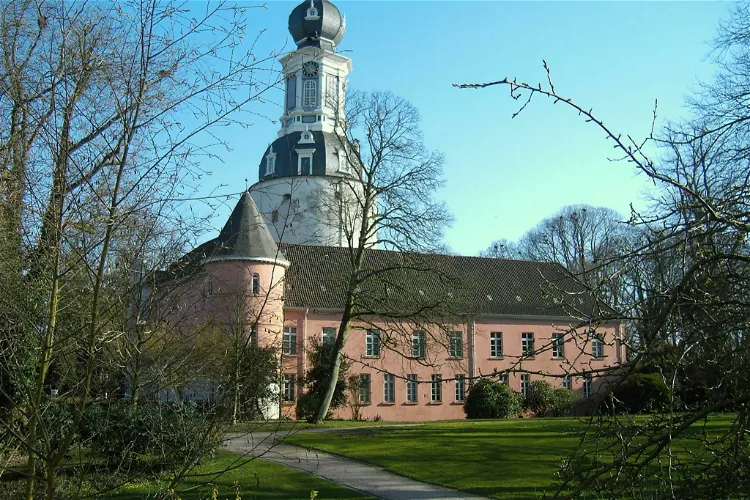
Schlossmuseum Jever
JeverThe Schlossmuseum Jever, situated in the town of Jever, is a cultural and historical museum that provides insights into the history of Jever Castle. It also houses collections that shed light on the cultural and regional history of Jeverland. This museum is a great place for tourists who are interested in learning about the rich history and culture of this region.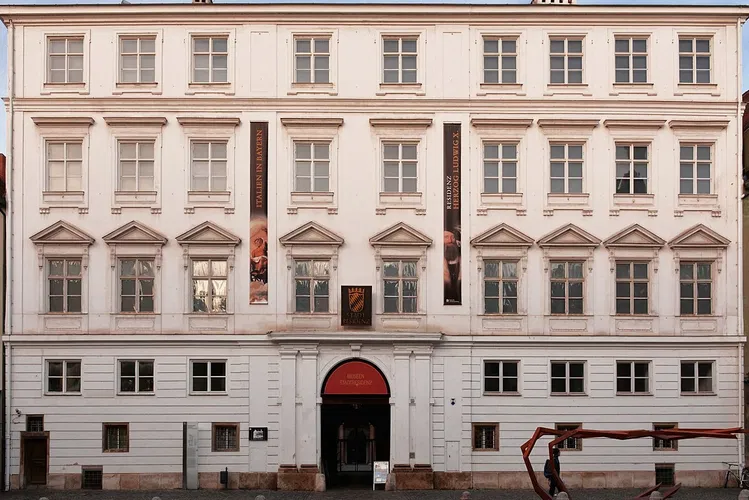
Landshut Residence
LandshutThe Stadtresidenz Landshut is a palace that was constructed in the heart of Landshut's old town under the reign of Duke Ludwig X between the years 1536 and 1543. After its construction, it was used by various nobles for residential purposes. This historical building offers a glimpse into the architectural style and living conditions of the nobility during the Renaissance period.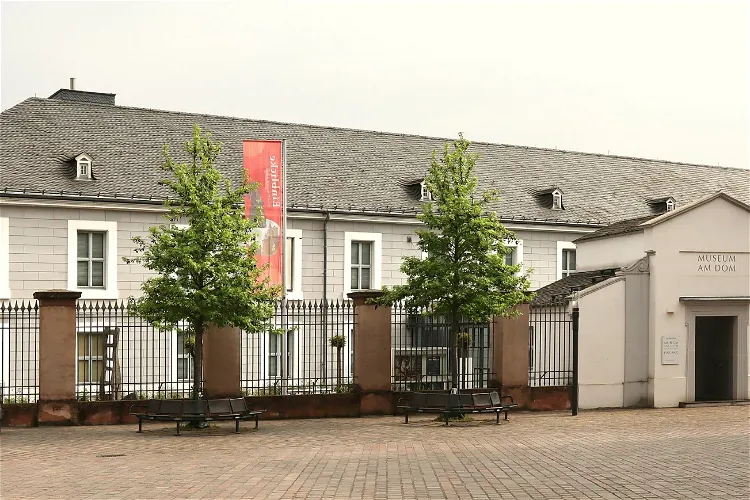
Trier Cathedral Museum
TrierIn addition to its main focus, the Museum am Dom Trier also conducts research on the late antique predecessor buildings of the Trier Cathedral, which is the oldest German bishop's church. This research provides valuable insights into the architectural evolution of the cathedral and its historical significance.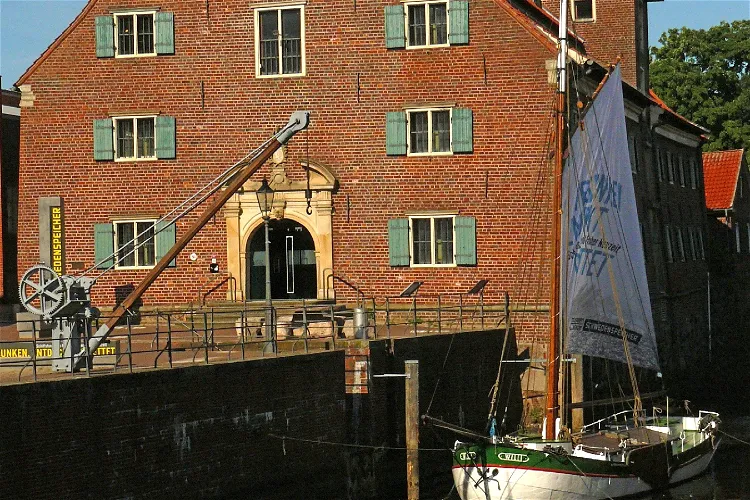
Schwedenspeicher
StadeThe Schwedenspeicher Museum, which was renamed Museum Schwedenspeicher in 2011, has been a regional museum in the Hanseatic city of Stade in Lower Saxony since 1977. The museum is housed in a baroque brick building from the second half of the 17th century, which was built during the city's 67-year affiliation with Sweden. The museum's content focuses on the archaeology and history of the Elbe-Weser region in general and the city of Stade in particular.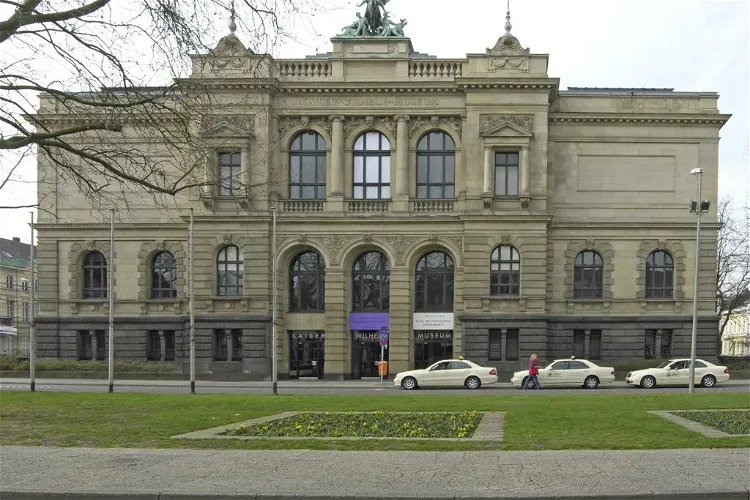
Kaiser-Wilhelm-Museum
KrefeldThe Kaiser-Wilhelm-Museum is the primary building of the Krefeld Art Museums. The museum's focus is on art from the second half of the 20th century, offering a rich collection of modern and contemporary art. It is a significant cultural landmark in the city of Krefeld.
Diözesanmuseum Freising
FreisingThe Diözesanmuseum Freising, also known as DIMU, is a significant cultural institution located on the Domberg in Freising. It is the museum of the Archdiocese of Munich and Freising, making it a central point of interest for those interested in religious history and art.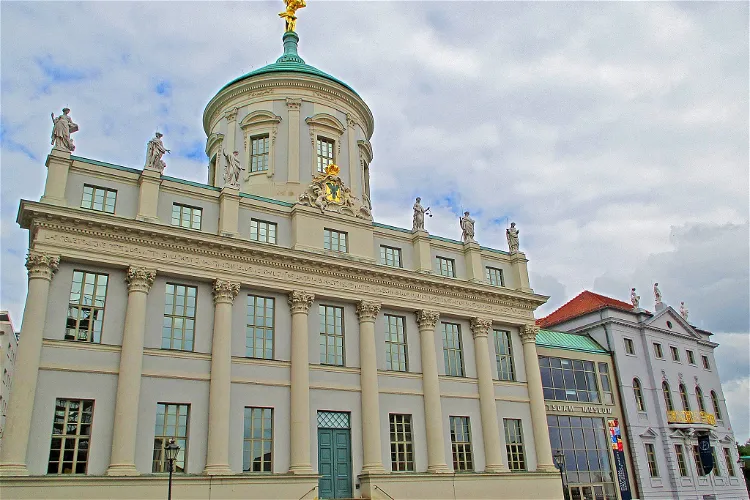
Potsdam Museum
PotsdamThe Potsdam Museum, established in the early 20th century, is home to an impressive collection of over 250,000 objects. This makes it one of the largest repositories of art, culture, and regional history in the state of Brandenburg. The museum's collection reflects the civic engagement and collecting passion of its founders, offering a rich and diverse insight into the region's past.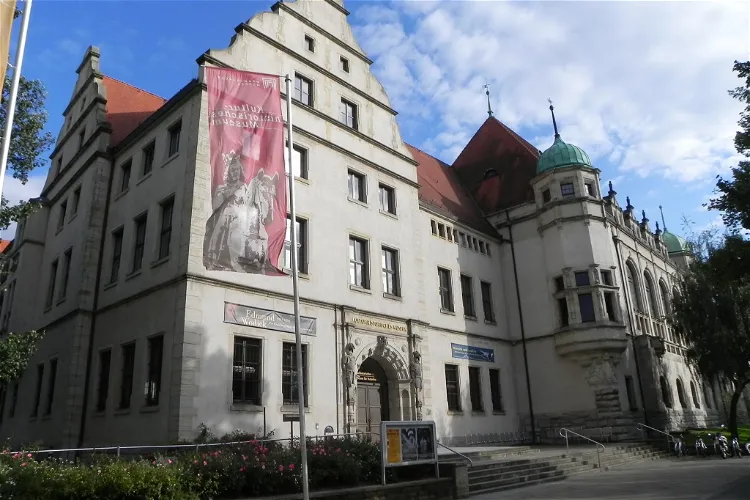
Museum of Cultural History
MagdeburgThe Kulturhistorische Museum Magdeburg (KHM), originally established in 1906 as the Kaiser-Friedrich Museum, is a cultural history museum located in Magdeburg. The museum's focus is on the city's history, which it presents through permanent and special exhibitions. It also showcases art-historical pieces.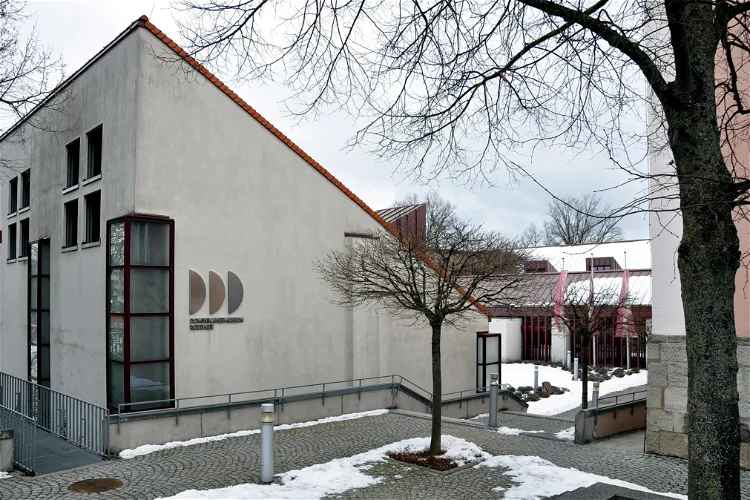
Dominican Museum Rottweil
RottweilThe Dominican Museum Rottweil, situated in the city of Rottweil, is a branch of the Landesmuseum Württemberg. It also falls under the jurisdiction of the Archäologisches Landesmuseum Baden-Württemberg. This connection to two significant institutions enhances the museum's credibility and ensures a high standard of exhibits.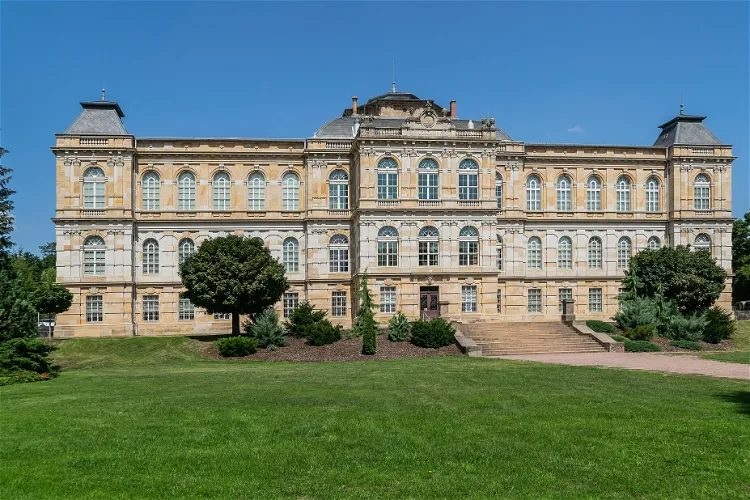
Herzogliches Museum
GothaThe Herzogliches Museum Gotha is a 19th-century museum building located opposite Schloss Friedenstein. It is designed in the style of the Neo-Renaissance, offering a unique architectural experience for visitors. The museum's location and design make it a significant landmark in the area.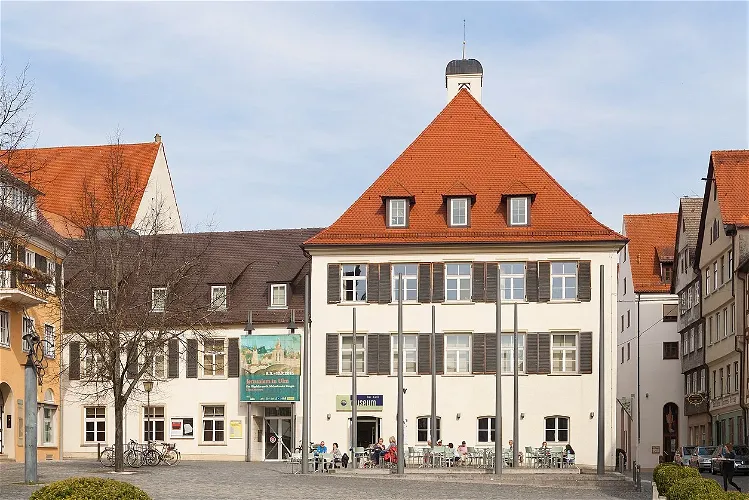
Museum Ulm
UlmThe Museum Ulm, established in 1924, is a renowned institution in Ulm, Germany, dedicated to art, archaeology, and urban and cultural history. The museum offers a comprehensive insight into the rich history and culture of the region, making it a significant destination for those interested in these fields.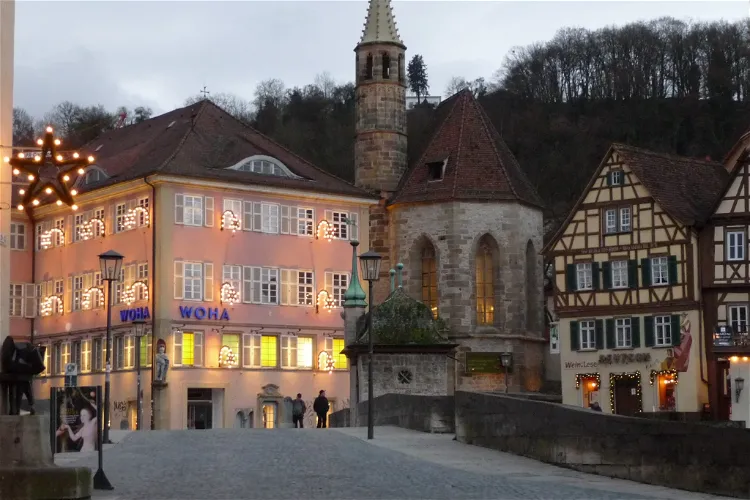
Johanniterkirche
Schwäbisch HallSince 2008, following extensive restorations, the Johanniterkirche has been repurposed as an exhibition hall. It now showcases a collection of paintings and sculptures from Old Masters, offering visitors a glimpse into the artistic heritage of the past.
Knauf-Museum
IphofenThe Knauf Museum Iphofen is a private institution situated in the Franconian city of Iphofen. It was established by the Knauf Gypsum KG, a renowned company in the gypsum industry. The museum is housed in a grand Baroque building in the city's market square, providing a unique cultural experience for visitors.
Kolumba
CologneKolumba is an art museum in Cologne. The museum is one of the oldest museums in Cologne and is located on the site of the former St. Columba church. The museum holds and exhibits a collection paintings, drawings, prints, sculptures, decorative art and religious icons from Late Antiquity to contempor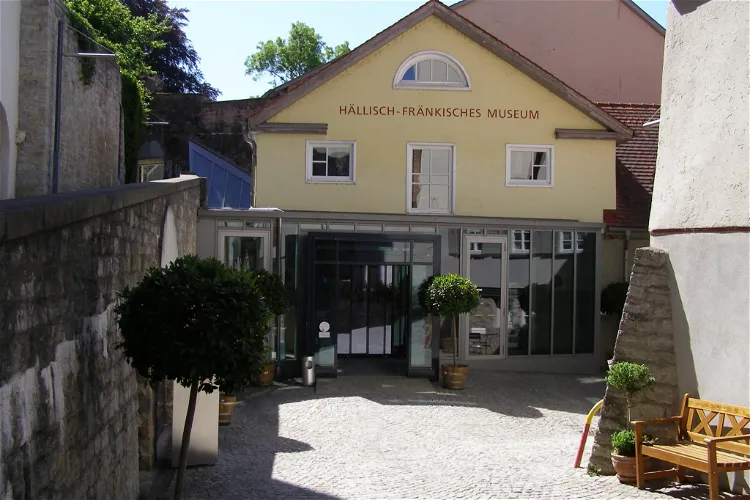
Hällisch-Fränkisches Museum
Schwäbisch HallThe Hällisch-Fränkische Museum (HFM) is a cultural and historical museum situated in the heart of Schwäbisch Hall. It offers a comprehensive insight into the history, art, and culture of the former imperial city of Hall and its surroundings. The museum spans over 3000 m² of exhibition space, making it a significant cultural destination in the region.
Deutsches Glasmalerei-Museum Linnich
LinnichThe Deutsches Glasmalerei-Museum in Linnich is a unique institution in Germany, dedicated to the art of stained glass. It houses a wide range of exhibits, both historical and contemporary, featuring works by renowned artists such as Georg Meistermann, Brian Clarke, and Otmar Alt. This museum provides a comprehensive overview of the evolution and diversity of stained glass art, making it a fascinating destination for art enthusiasts and history buffs alike.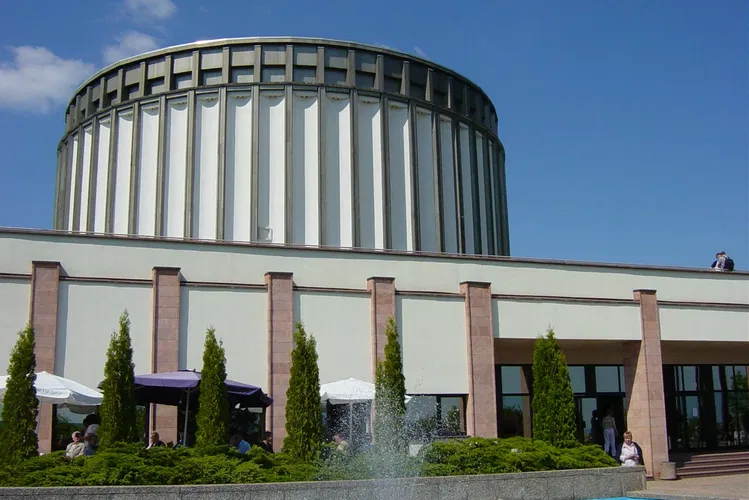
Early Bourgeois Revolution in Germany
Bad Frankenhausen/KyffhäuserThe Panorama Museum in Bad Frankenhausen, Thuringia, is home to a monumental painting titled 'Early Bourgeois Revolution in Germany', also known as the 'Peasants' War Panorama'. This impressive work of art was created by the East German painter Werner Tübke over a period of 11 years, from 1976 to 1987. The painting, which measures 14 metres by 123 metres, is the main attraction of the museum.
Historical Museum Bamberg
BambergThe Historical Museum Bamberg is situated in the Renaissance buildings of the Old Court, which is in close proximity to the Kaiserdom. This location adds to the historical charm of the museum and provides a unique setting for the exhibits. Visitors can enjoy the architectural beauty of the Renaissance buildings while exploring the museum's collections.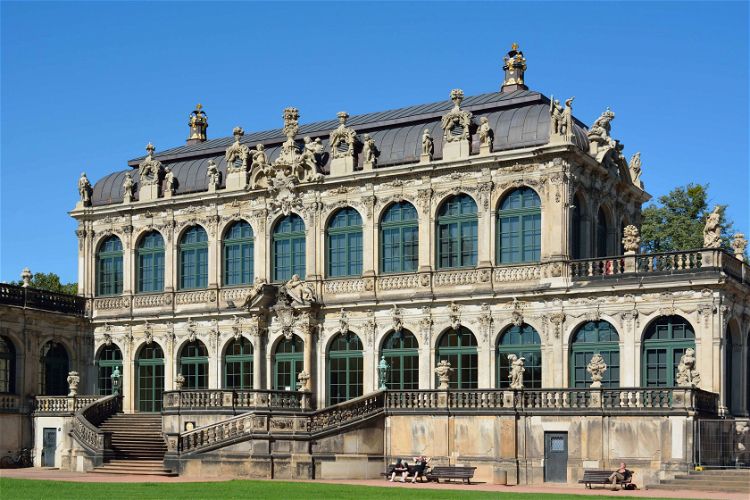
Royal Cabinet of Mathematical and Physical Instruments
DresdenRoyal Cabinet of Mathematical and Physical Instruments (Mathematisch-Physikalischer Salon) is a museum in Dresden that belongs to the Staatliche Kunstsammlungen Dresden. It is a museum of historic clocks and scientific instruments. The museum holds and exhibits a collection that includes globes, ast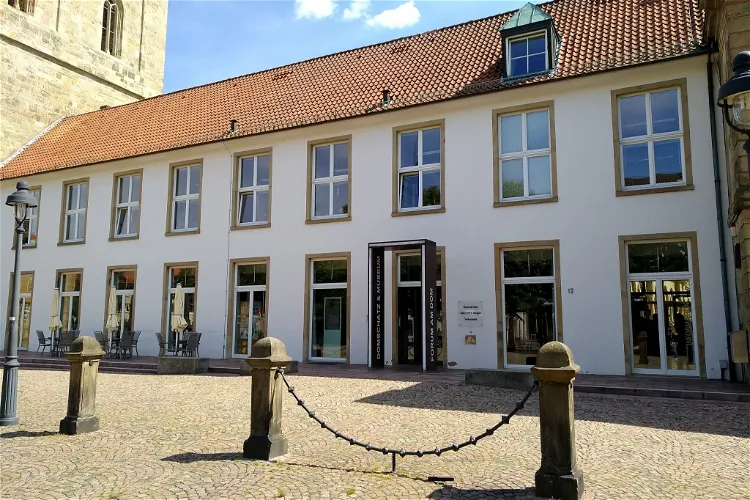
Cathedral Treasury and Diocesan Museum
OsnabrückThe Cathedral Treasury and Diocesan Museum is an integral part of the Diocese of Osnabrück. Its location, right next to the St. Peter's Cathedral, makes it easily accessible for visitors. The museum offers a unique opportunity to delve into the rich history and culture of the diocese.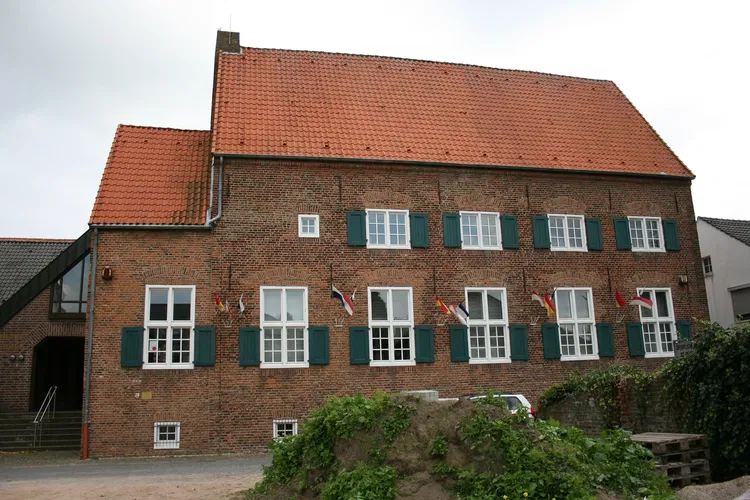
Katharinenhof Kranenburg
KranenburgMuseum Katharinenhof is an art museum situated in the historic city center of Kranenburg, in the German state of North Rhine-Westphalia. The museum has been housed in a former sister convent since 1961, adding a unique historical charm to the establishment.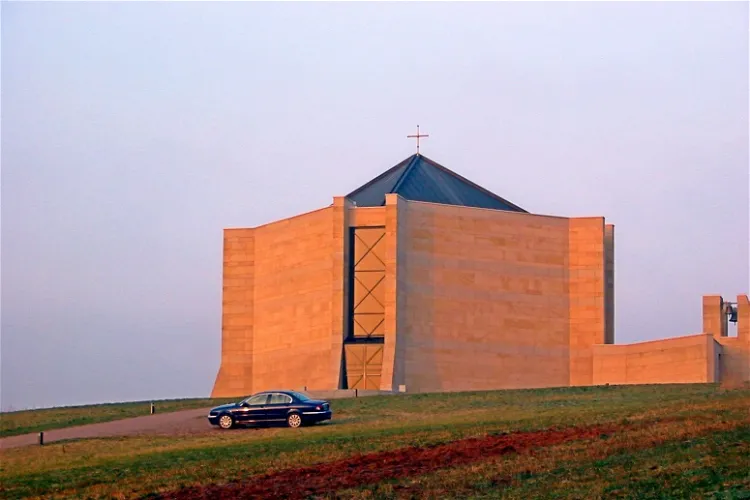
Statio Dominus Mundi
IllingenStations Dominus Mundi is a unique religious and artistic construction nestled in the town of Wustweiler, within the agglomeration of Illingen, in the Saarland region of Germany. This distinctive chapel offers a blend of religious significance and architectural beauty, making it an interesting site for tourists interested in architecture, religion, or both.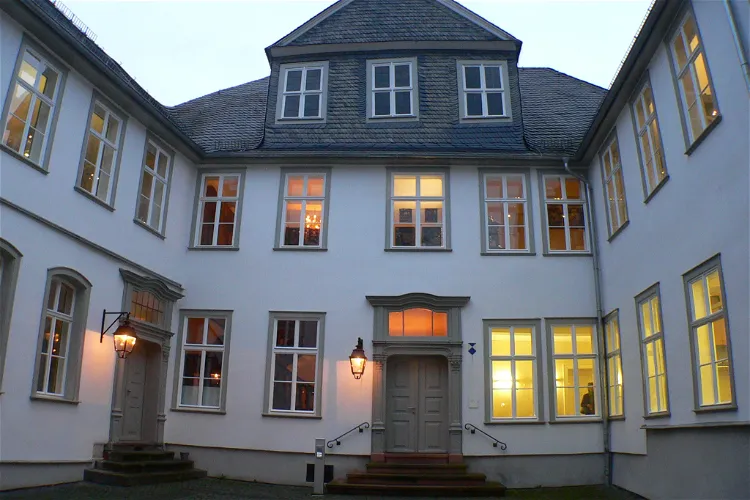
Palais Papius
WetzlarThe Palais Papius is a simple baroque, two-story palace located in the old town of Wetzlar in the Lahn-Dill district. It was built around 1740 by Johann Conrad Heeser von Lilienthal, a procurator at the Imperial Chamber Court. The central building was significantly expanded in 1756 by Assessor Johann Hermann Franz von Pape, also known as Papius.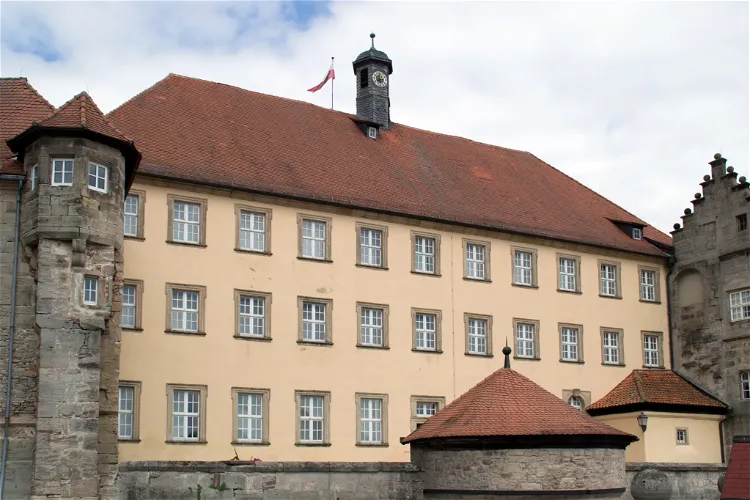
Fränkische Galerie
KronachThe Fränkische Galerie, located in the Upper Franconian city of Kronach, is a branch museum of the Bavarian National Museum in Munich. This connection to the Bavarian National Museum ensures a high standard of exhibits and a strong historical significance.
Juleum
HelmstedtThe Juleum, also known as Juleum Novum, is a multi-storey lecture and library building located in the Lower Saxon county town of Helmstedt in Germany. This historic building was part of the former university and is a significant landmark in the region. It offers a glimpse into the architectural style of the Weser Renaissance and the educational history of the area.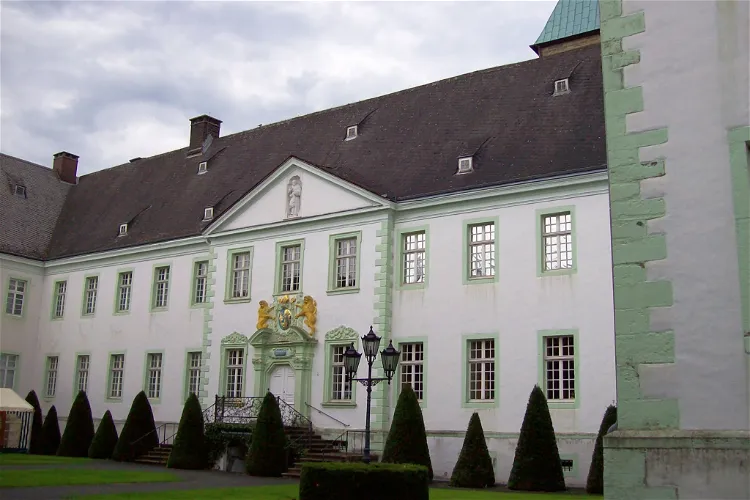
Museum Abtei Liesborn
LiesbornThe Museum Abtei Liesborn is a unique destination for art and cultural history enthusiasts. It is situated in the baroque abbot's residence of the former Liesborn Abbey of the Benedictines in Liesborn. This setting provides a rich historical backdrop for the museum's exhibits, adding to the overall visitor experience.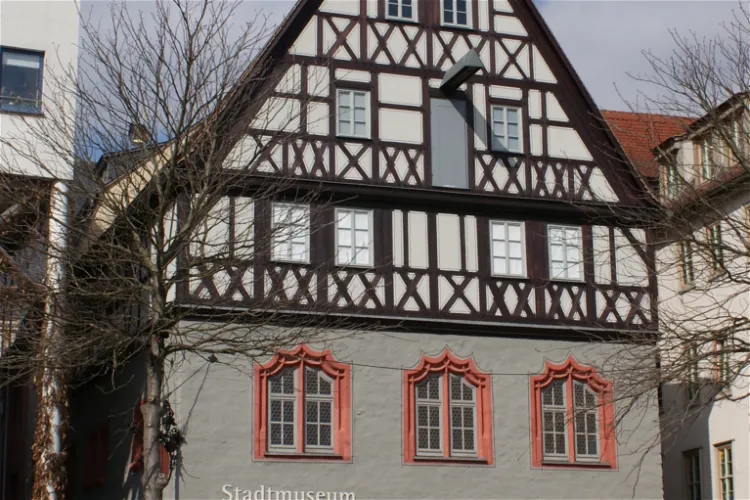
Stadtmuseum Jena
JenaThe Stadtmuseum Jena, situated in the Göhre on the northern side of the historic Jena market square, is a place of rich history. The foundations of the Göhre, where the museum is housed, date back to the 13th century, adding a layer of historical depth to your visit.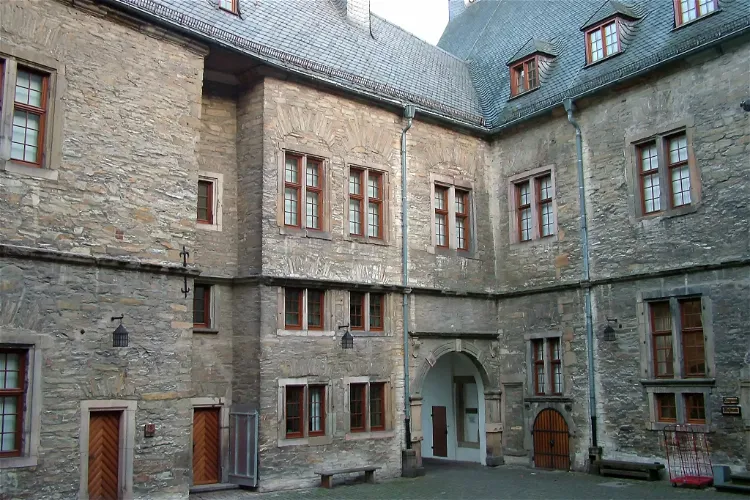
Wewelsburg District Museum
BürenWewelsburg is a Renaissance castle situated in the village of the same name in Nordrhein-Westfalen, Germany. The castle is surrounded on three sides by the village, which is now part of the city of Büren. The castle was built in its current form between 1603 and 1609 as the second home to Prince-Bishop Dietrich von Fürstenberg. Today, the castle appears as a remodeling and inclusion of earlier buildings on the site, with the first buildings erected as early as the 8th and 9th centuries.
Clemens Sels Museum Neuss
NeussThe Clemens Sels Museum Neuss is an art museum situated in the city of Neuss. It is a modern multi-part building that houses a wide range of art collections from different periods and styles.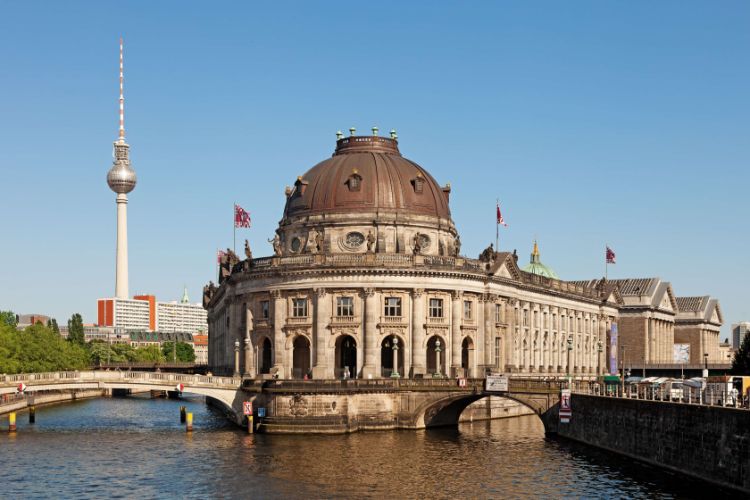
Bode Museum
BerlinBuilt in 1904, the Bode Museum is housed in a historical building and holds collections of ancient art, items from the Byzantine and Gothic eras and the world's largest numismatic collection. After being known as the Kaiser-Friedrich-Museum up until 1956, the museum was renamed after its curator -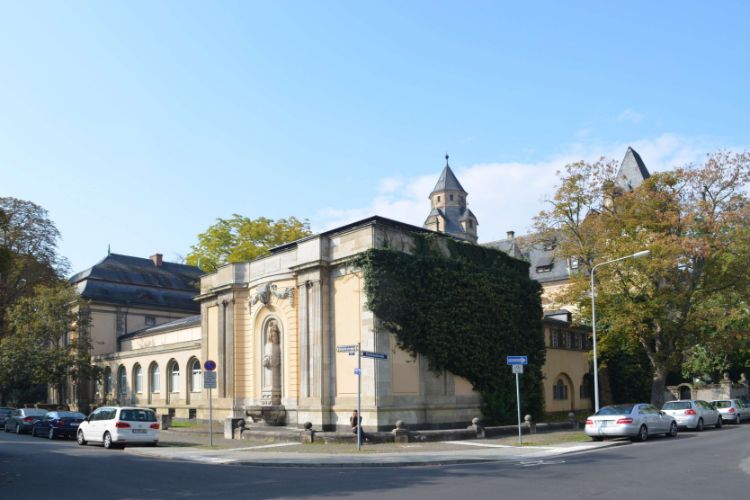
Liebieghaus
FrankfurtThe Liebieghaus is a late 19th-century castle-like villa in Frankfurt that was built in 1896, in a palatial, Historicist style, as a retirement home for textile manufacturer Baron Heinrich von Liebieg. The Liebieghaus is home to a sculpture museum, the Städtische Galerie Liebieghaus. The museum hold
Museum der Bildenden Künste
LeipzigThe Museum of Fine Arts in Leipzig (Museum der Bildenden Künste) is a museum that, with more than 10,000 m² of exhibition space, is one of the largest exhibition halls in Germany. The collection contains approximately 3,500 paintings, 1,000 sculptures and 60,000 graphics. It includes works from the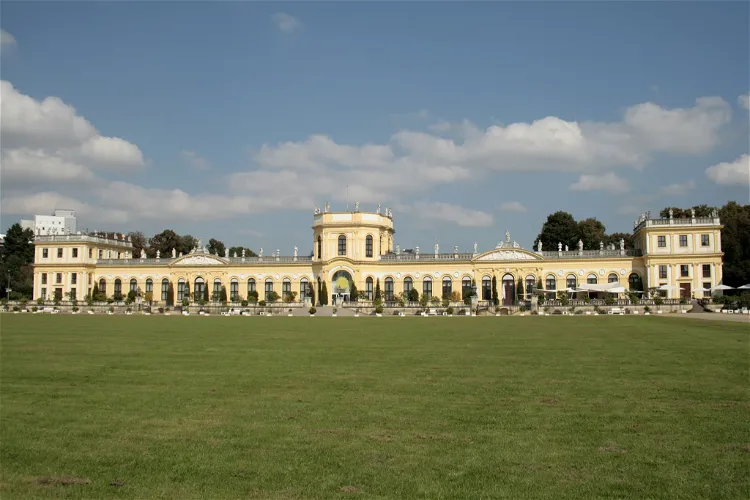
Astronomisch-Physikalisches Kabinett
KasselThe Astronomisch-Physikalisches Kabinett is a museum located in Kassel, Germany. Its collection is rooted in the promotion of natural sciences by the Hessian landgraves and their passion for curiosities. This museum is a testament to the historical interest in science and the pursuit of knowledge in the region.
Schmuckmuseum
PforzheimThe Schmuckmuseum Pforzheim, located in Germany, is a unique museum that specializes in the display of jewelry and watches. This museum offers a unique opportunity for visitors to explore the intricate world of jewelry and timepieces, showcasing a wide range of pieces from different periods and cultures.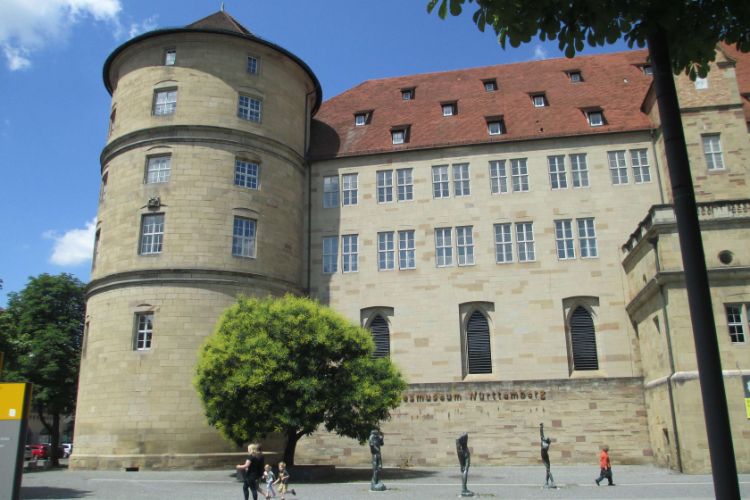
Wurttemberg State Museum in Old Castle
StuttgartThe Landesmuseum Württemberg (Württemberg State Museum) in Stuttgart was founded in 1862 by Wilhelm I. König von Württemberg. Its origin dates back to the 16th century. Back in the Kunstkammer, the dukes collected everything that was rare, precious and unusual. The museum's mission is to depict Germ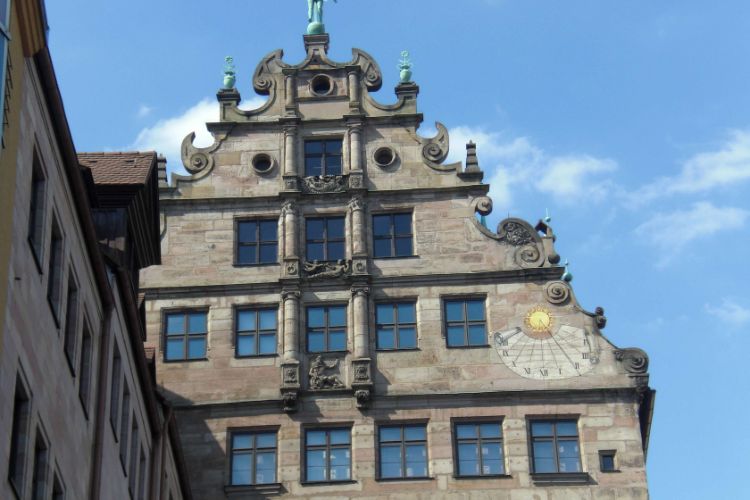
City Museum at Fembo House
NurembergThe Stadtmuseum Fembohaus (City Museum at Fembo House) is the city museum of Nuremberg that is dedicated to the history of Nuremberg that spans 950 years. The building that houses the City Museum is the Fembohaus, Nuremberg's only surviving large merchant's house of the late Renaissance. The museum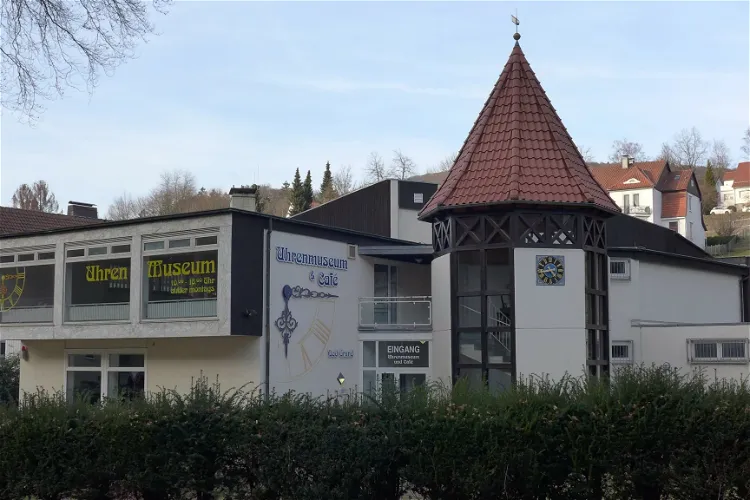
Uhrenmuseum
Bad GrundThe Uhrenmuseum Bad Grund showcases a wide variety of clocks from different countries, each with their unique designs and purposes. The museum documents the evolution of clock technology from the Renaissance period to the present day, providing a comprehensive overview of the history of timekeeping.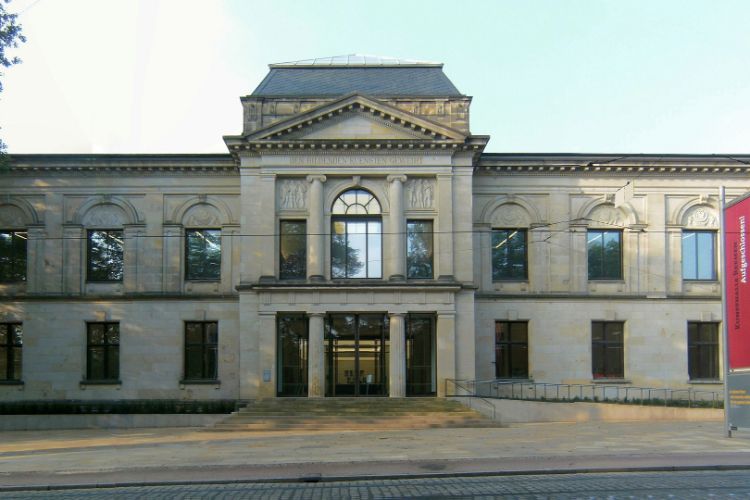
Kunsthalle Bremen
BremenThe Kunsthalle Bremen is an art museum in Bremen that houses a collection of European paintings from the 14th century to the present day, sculptures from the 16th to 21st centuries and a New Media collection. Highlights in its collection include works by Claude Monet, Édouard Manet and Paul Cézanne,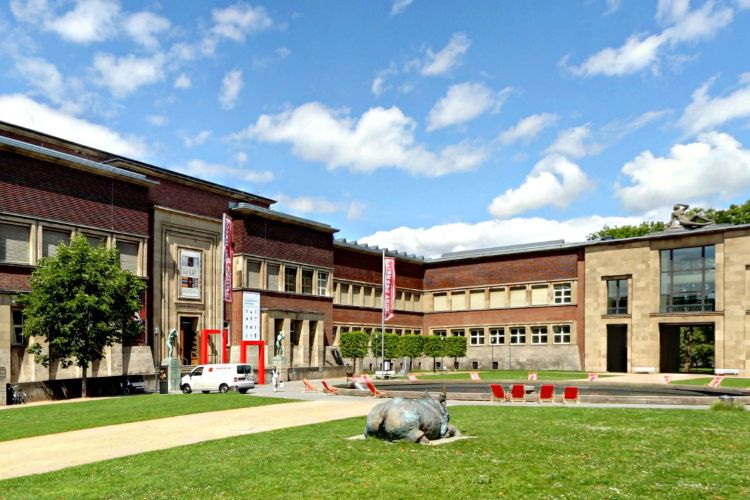
Museum Kunstpalast
DüsseldorfThe Kunstpalast Museum, also known as the Museum Kunst Palast is a museum in Düsseldorf. The museum is located on the site of an older museum from 1902 that was rebuilt twice. Paintings and sculptures from the period between the Middle Ages and the 21st century are exhibited in Museum Kunstpalast. I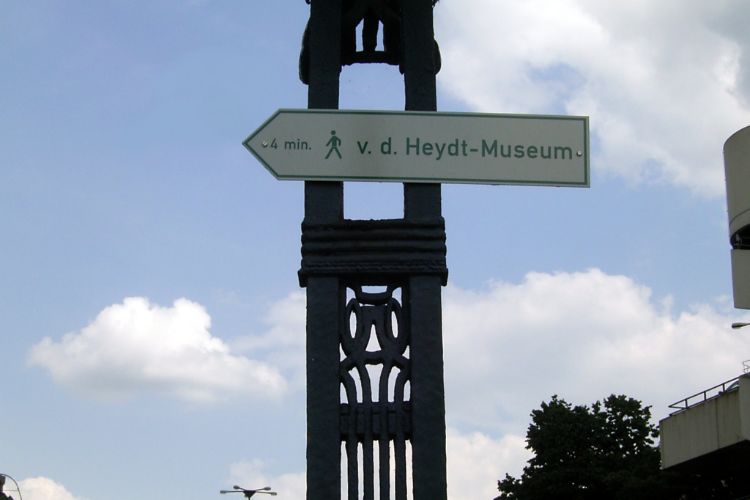
Von der Heydt-Museum
WuppertalThe Von der Heydt Museum is a museum in Wuppertal, housed in the former city hall of Elberfeld. The museum is named after the Von der Heydt family which were important patrons. The museum's permanent collection contains paintings and sculptures from the sixteenth century to the present, including wo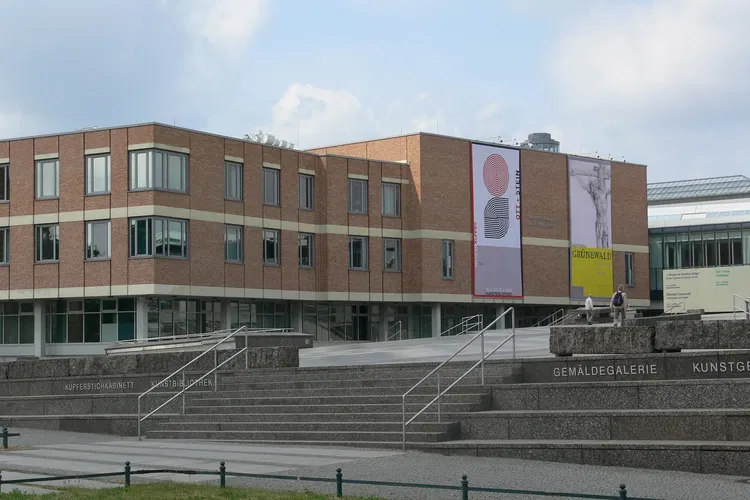
Kupferstichkabinett Berlin
BerlinThe Kupferstichkabinett, also known as the Museum of Prints and Drawings, is situated in Berlin, Germany. It forms part of the Berlin State Museums and is located in the Kulturforum on Potsdamer Platz. This location is easily accessible and is a significant cultural hub in the city.
Kulturhistorisches Museum Schloss Merseburg
MerseburgSchloss Merseburg is a castle built in the Renaissance style, situated in the city of Merseburg in Saxony-Anhalt. Historically, it served as a royal palace, a bishop's seat, and a ducal residence. This rich history adds to the cultural and architectural significance of the castle, making it an interesting site for tourists.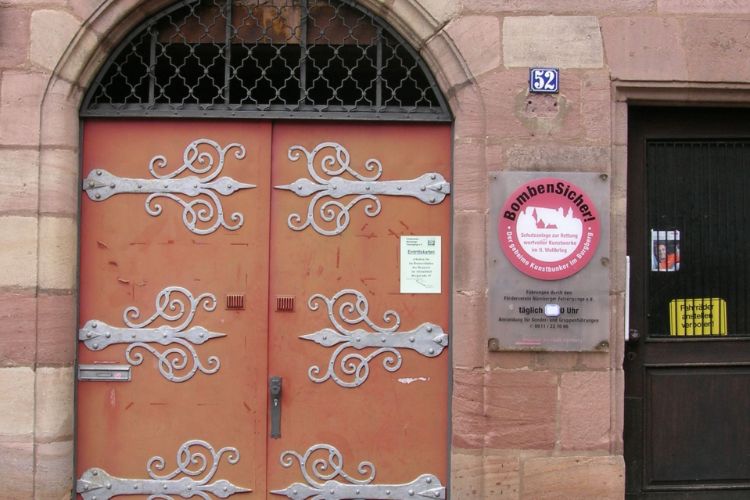
Kunstbunker
NurembergThe Historische Kunstbunker (Historic art bunker) is a tunnel complex under the Nuremberg Castle in Nuremberg. Visitors can participate in discovery tours to take a look at Nuremberg from a completely different side and discover places that have existed for many centuries but are hidden under the st
Saar Historical Museum
SaarbrückenThe Saar Historical Museum, located at the Saarbrücken Castle Square, is dedicated to the history of Saarland. It provides a comprehensive overview of the region's past, making it an ideal destination for history enthusiasts and curious tourists alike.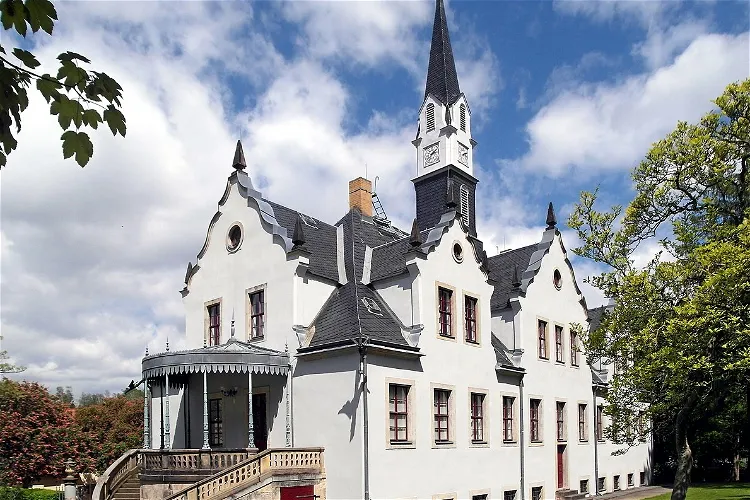
Städtische Sammlungen Freital auf Schloss Burgk
FreitalSchloß Burgk is a Saxon castle located in Burgk, which is part of the municipality of Freital, in the district of Saxon Switzerland-East Ore Mountains. This historical site offers a glimpse into the architectural style of the Renaissance period, with its characteristic scroll gables. The castle has been restored in the 19th century, preserving its historical charm and significance.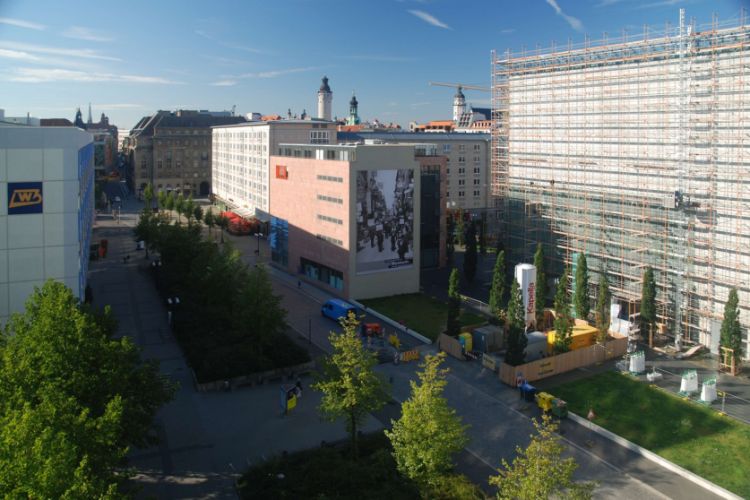
Museum of Local History (Stadtgeschichtliches)
LeipzigThe Stadtgeschichtliches Museum Leipzig is a museum in Leipzig that collects, documents and exhibits objects, information and contexts of the city from the city of Leipzig in the early Middle Ages to the present. Housed in the city town hall, this museum is devoted to the history of Leipzig. Visitor
Mittelrhein Museum Koblenz
KoblenzThe Mittelrhein Museum, also known as the Museum of the Middle Rhine Valley, is situated in the city of Koblenz. This museum is one of the oldest civic museums in Germany, tracing its origins back to 1835 when it was founded with a donation of over 200 works from pastor and educator Joseph Gregory Lang. Despite its modest size compared to world-renowned collections, it remains a significant cultural institution in the region.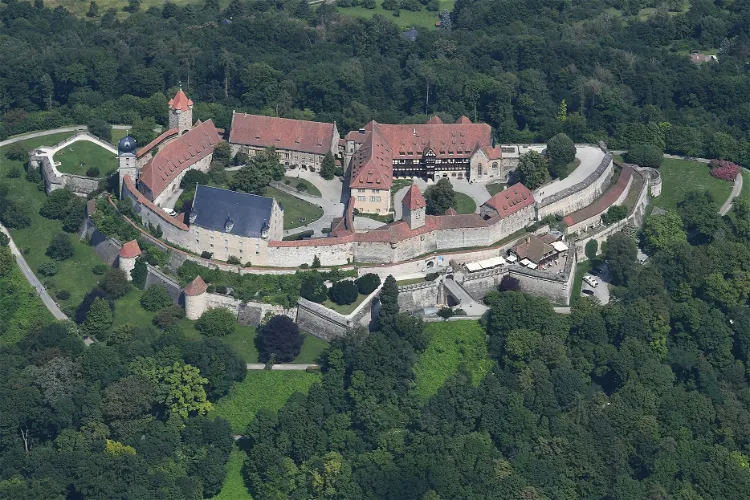
Veste Coburg
CoburgVeste Coburg, often referred to as the 'Franconian Crown', is a significant historical site in Germany. It is one of the largest and best-preserved castles in the country. The castle is strategically located on a hill, providing a panoramic view of the city of Coburg. It is situated on the border of Bavaria and Thuringia, adding to its historical and geographical significance.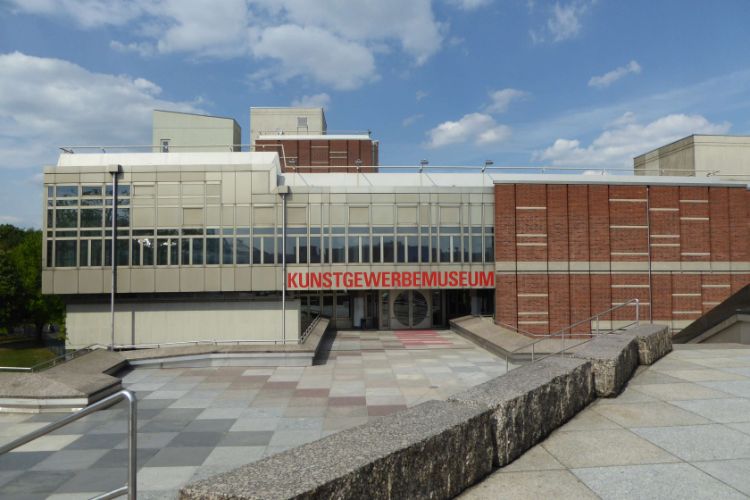
Museum of Applied Art
BerlinThe Kunstgewerbemuseum is the Museum of Applied Art of Berlin. The headquarters is part of the Kulturforum Berlin and is part of the Staatliche Museen zu Berlin. The museum shows the development of arts and crafts in Europe from the Middle Ages to the present. All style periods are represented with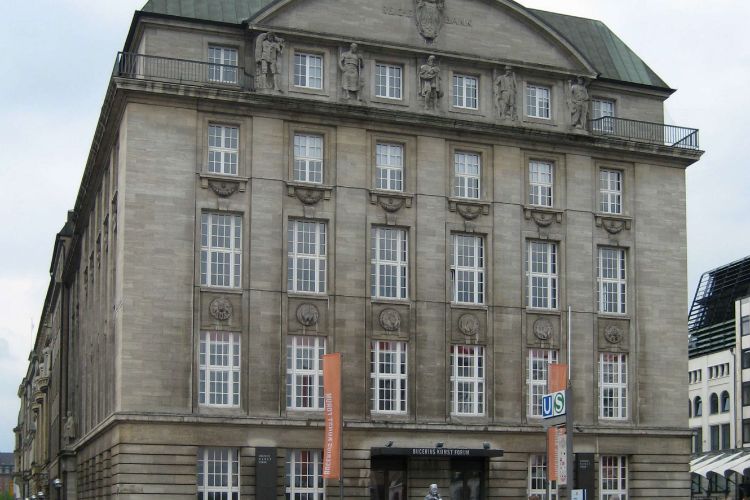
Bucerius Kunst Forum
HamburgThe Bucerius Kunst Forum is an international exhibition centre that is named after Gerd Bucerius, a German politician and journalist, one of the founding members of Die Zeit. The Bucerius Kunst Forum organizes three to four exhibitions per year, in cooperation with other museums and collections. The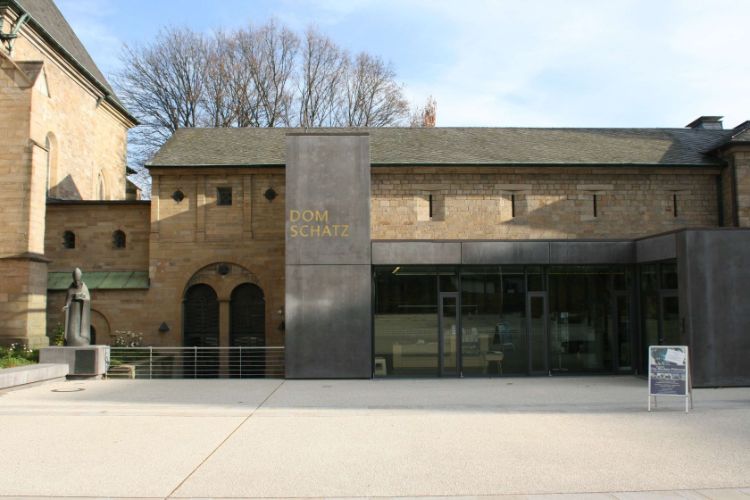
Domschatzkammer Essen
EssenThe Essener Domschatz is one of the most important collections of ecclesiastical art in Germany. The dom treasure goes back to the treasure of the former Essen Abbey, which after the secularization of the abbey in 1803 became the property of the associated parish. The collection is unique in that it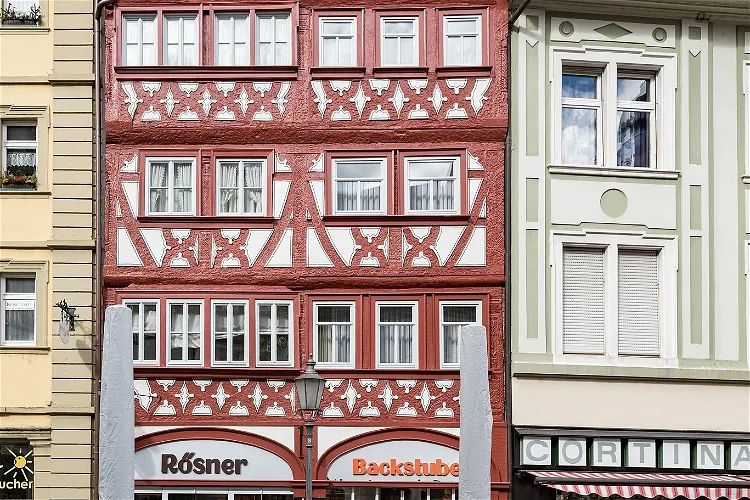
Conditorei Museum Kitzingen
KitzingenThe Conditorei Museum in Kitzingen is a unique institution dedicated to the bakery and confectionery crafts. It provides a deep dive into the history and evolution of these crafts, offering a unique perspective on the city's culinary heritage.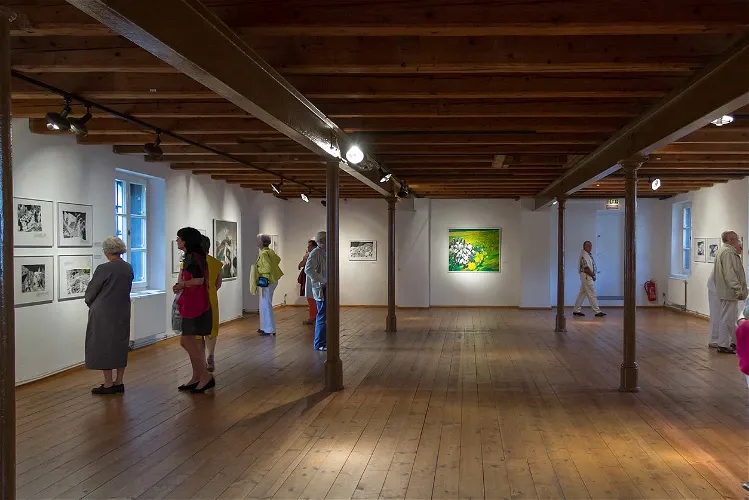
Museum Fürstenfeldbruck
FürstenfeldbruckThe Museum Fürstenfeldbruck, located in the former monastery brewery in the Cistercian monastery Fürstenfeld, is the city's art and cultural history museum. It offers a unique insight into the history and art of the Fürstenfeld monastery and its relationship with the Wittelsbach rulers.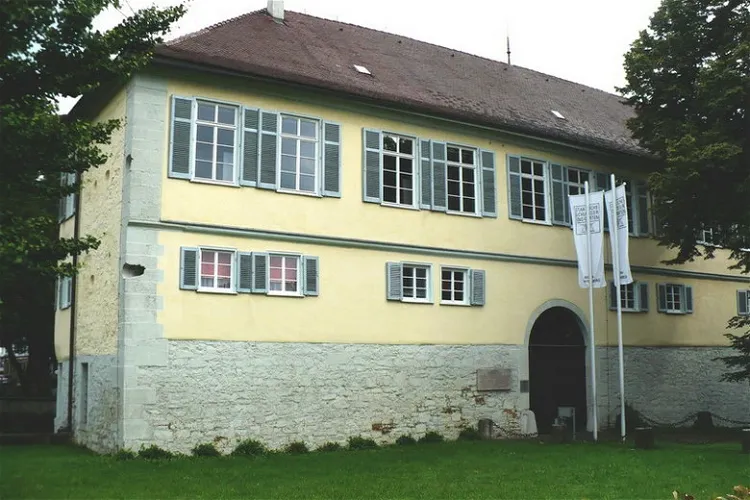
Schloss Kirchheim (Teck)
Kirchheim unter TeckSchloss Kirchheim, a well-preserved Renaissance fortress, is situated on the edge of the old town of Kirchheim unter Teck. This historical site offers a glimpse into the past, showcasing the architectural style of the Renaissance period. The castle's location, on the edge of the old town, provides a picturesque setting that enhances the overall experience for visitors.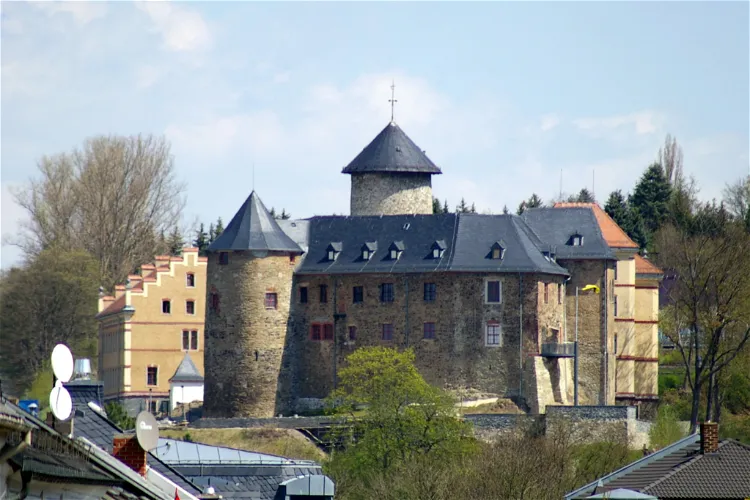
Schloß Voigtsberg
OelsnitzThe Voigtsberg Castle, which was later renamed Schloss Voigtsberg, is a typical high medieval castle. It was significantly damaged during the Thirty Years' War and was subsequently rebuilt into a castle. This transformation has given the structure a unique blend of architectural styles, making it a fascinating site for history and architecture enthusiasts.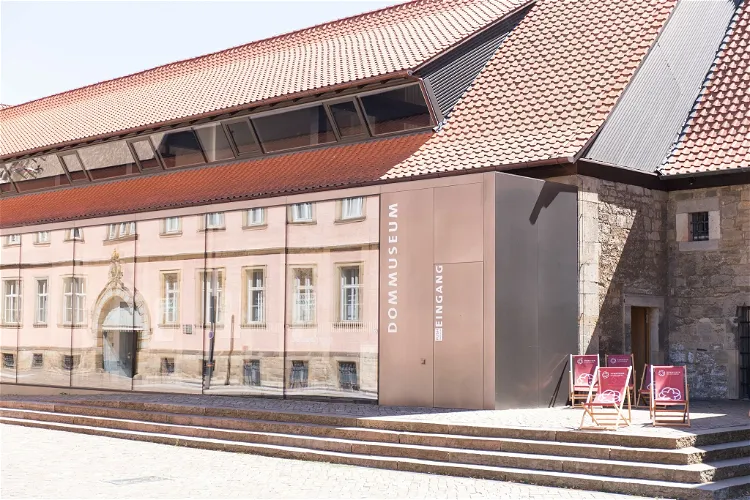
Hildesheim Cathedral Museum
HildesheimThe Hildesheim Cathedral Museum serves as the cathedral treasury and diocesan museum of the Hildesheim diocese. It is home to the cathedral treasure, which is recognized as part of the UNESCO World Heritage. This makes it a significant site for those interested in history, art, and religious artifacts.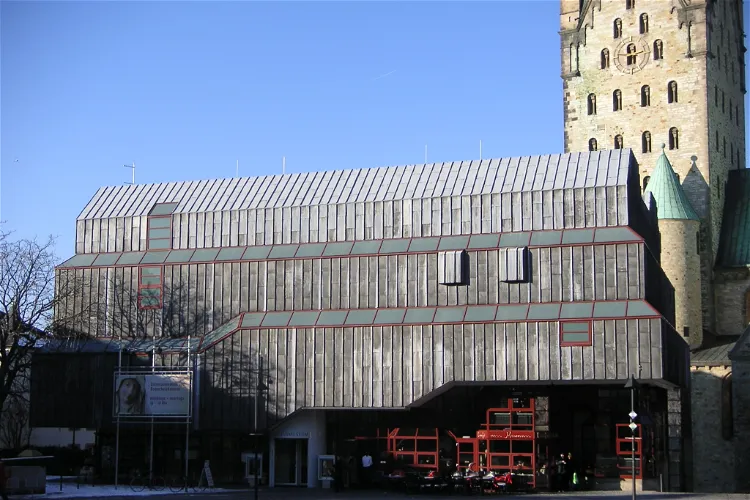
Diözesanmuseum
PaderbornThe museum is home to one of the most comprehensive and important collections of Christian art in Germany. With over 12,000 works that span around 1,000 years, visitors can immerse themselves in a rich tapestry of religious art and history. The collection includes sculpture and goldsmith art from the Romanesque to the Baroque period.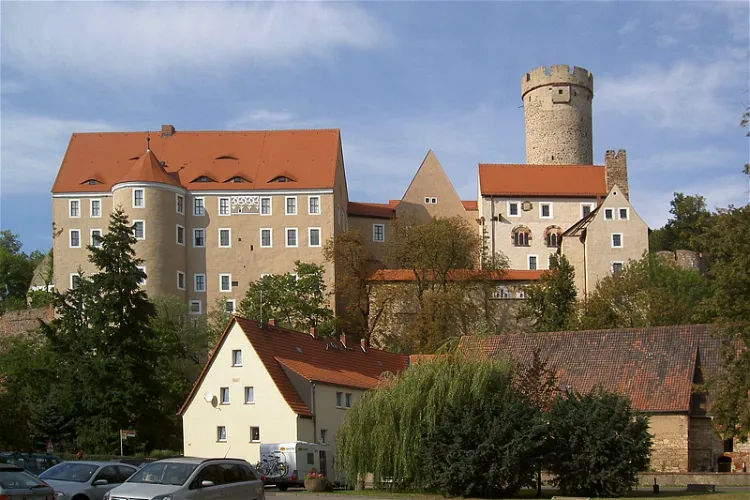
Gnandstein Castle
FrohburgBurg Gnandstein, situated above the Wyhra river in Gnandstein, a district of the city of Frohburg, in the Leipzig district in Saxony, is a significant historical site. It is recognized as Saxony's best-preserved Romanesque fortress, offering a unique glimpse into the region's past.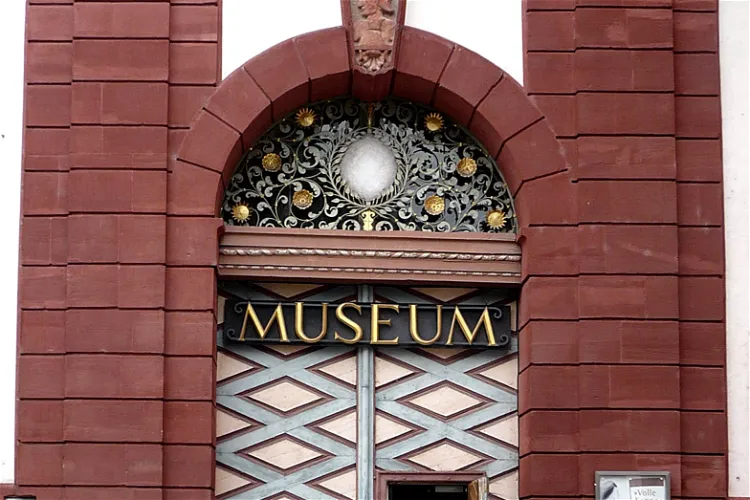
Museum für Franken & Staatliches Museum für Kunst- und Kulturgeschichte
WürzburgThe Museum für Franken, previously known as the Mainfränkisches Museum, is situated within the Marienberg Fortress in Würzburg. It is recognized as one of the largest art collections in Bavaria. The museum houses a vast array of high-value works from Franconian artists, making it a significant international museum in Germany.
State Museum for Art and Cultural History
OldenburgThe State Museum for Art and Cultural History in Oldenburg is a unique cultural institution located in the city of Oldenburg in Lower Saxony. The museum is spread across three closely situated sites: the Castle, Augusteum, and Prinzenpalais. Each of these sites offers a distinct collection and experience, making the museum a diverse and enriching destination for art and history enthusiasts.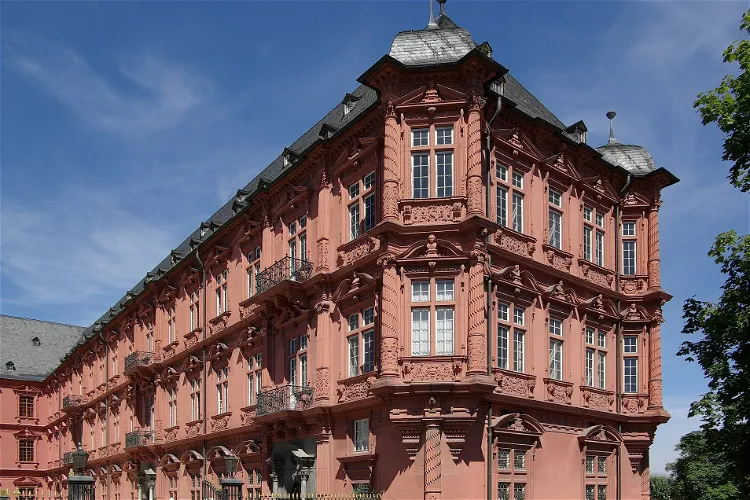
Leibniz Research Institute for Archaeology
MainzThe Römisch-Germanisches Zentralmuseum (RGZM), or the Roman-Germanic Central Museum, is a significant archaeological institution located in Mainz, Rhineland-Palatinate, Germany. Established in 1852, the museum is housed in the Elector's Castle and offers a systematic overview of Europe's history, covering periods from the Paleolithic to the High Middle Ages.
Oranienburg Palace
OranienburgOranienburg Palace, situated in the town of Oranienburg in Germany, holds the distinction of being the oldest Baroque Schloss in the Margraviate of Brandenburg. This historical monument was constructed between 1651 and 1655 by Louise Henriette of Orange-Nassau, the first wife of Frederick William, Elector of Brandenburg. The palace's architecture, designed by Johann Gregor Memhardt, reflects the Dutch classicism of the time, with a vertical orientation and turrets on the side wings.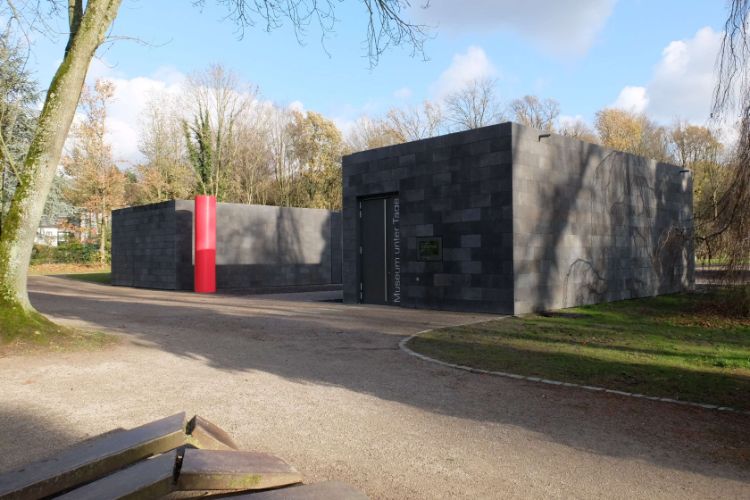
Museum unter Tage - MuT
BochumThe Museum unter Tage - MuT fulfills two functions: one third (about 500 m2) of the exhibition space is used for temporary exhibitions and two-thirds (approximately 1,000 m2) of the exhibition space serves to permanently present parts of the collection. This includes about 350 works of landscape art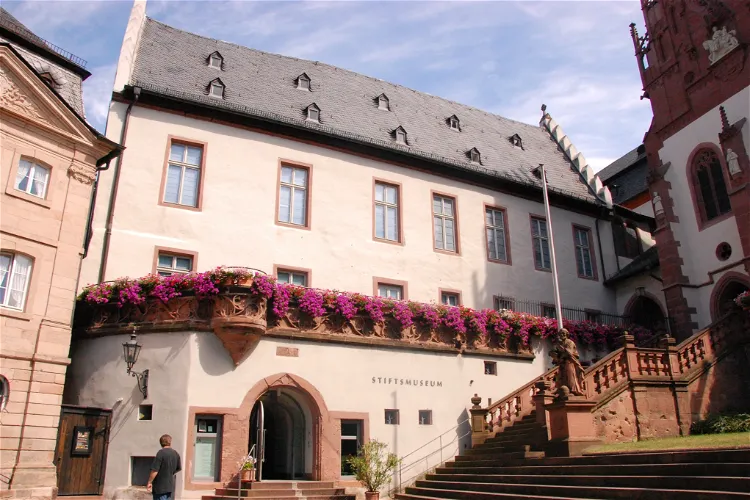
Stiftsmuseum
AschaffenburgThe Stiftsmuseum in Aschaffenburg is a city museum that offers a rich exploration of various historical periods. It is dedicated to prehistory, the art of the Middle Ages, the Renaissance, and the sacred art of the Baroque period. This wide range of exhibits provides a comprehensive overview of the artistic and cultural development of the region over centuries.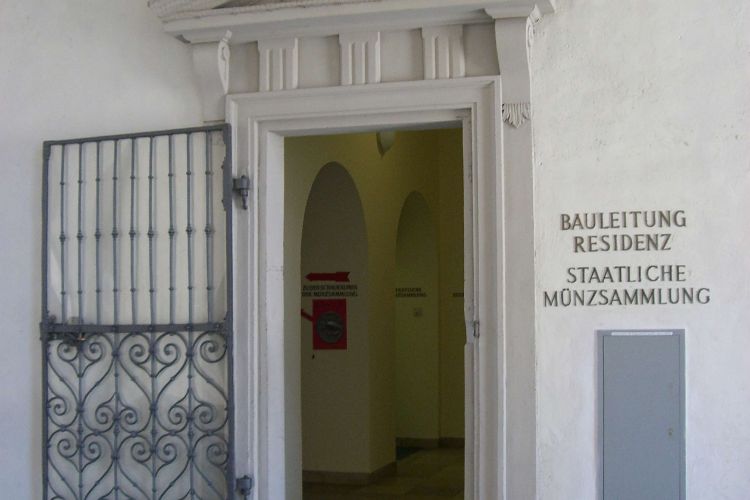
Staatliche Munzsammlung Munchen
MunichThe Staatliche Münzsammlung München is Bavaria's central numismatic collection. It is located in the Munich Residenz and houses over 300,000 coins, bank notes, money and medals from antiquity to the present day.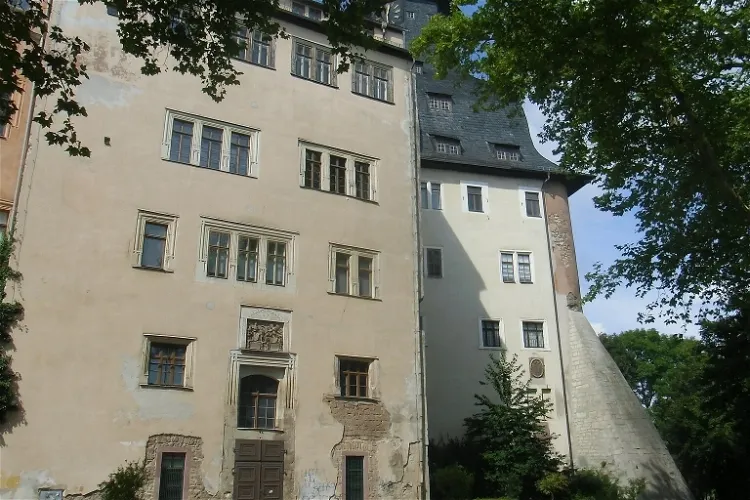
Sondershausen Palace
SondershausenOver the centuries, Sondershausen Palace has undergone numerous architectural transformations, reflecting influences from various periods. The Renaissance influence is evident in the south, east, and old north wings of the palace, which were built between the 1530s and the 1550s. The Baroque style is seen in the alterations and enlargements made to the three Renaissance wings in the 1680s. The Rococo influence is seen in the new west and north wings, which were started in 1764.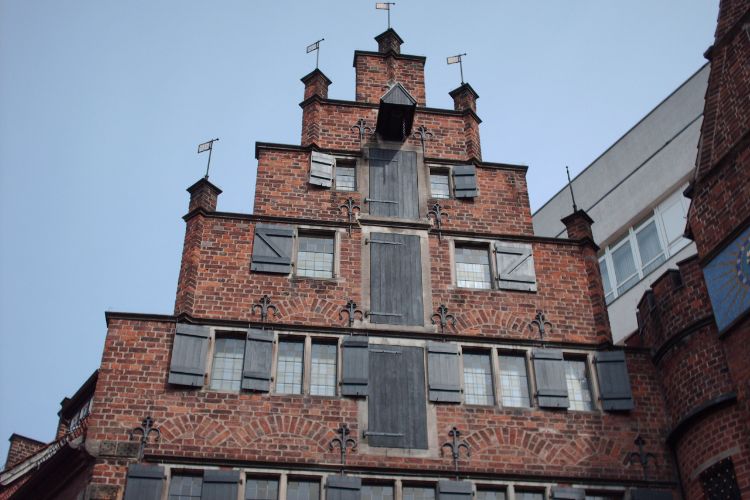
Ludwig Roselius Museum
BremenThe Ludwig Roselius Museum (Museum im Roselius-Haus) is a museum in Bremen that holds the private collection of the coffee merchant Ludwig Roselius (1874–1943). The museum is housed in a building that was completed in 1588. The collection consists of various objects from the Middle Ages to the Baroq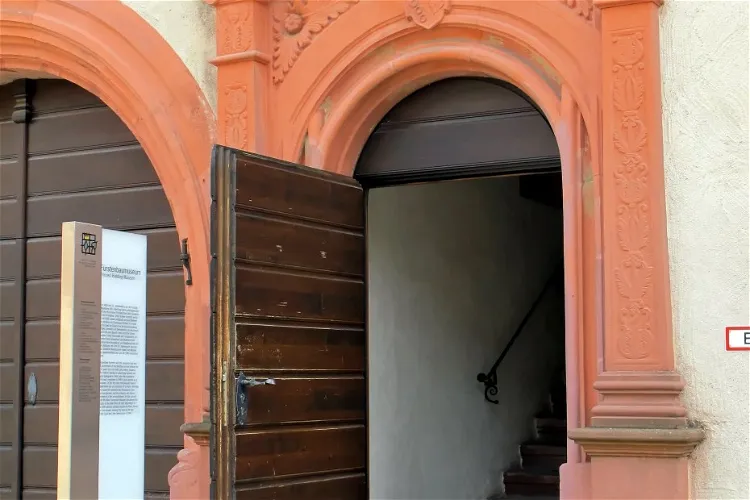
Fürstenbaumuseum
WürzburgThe Fürstenbaumuseum is a component of the Museum for Franconia. It is situated in the eastern wing, known as the Fürstenbau, of the Marienberg Fortress which is located above the city of Würzburg. This location provides a unique setting for the museum and offers visitors a chance to explore the fortress as well.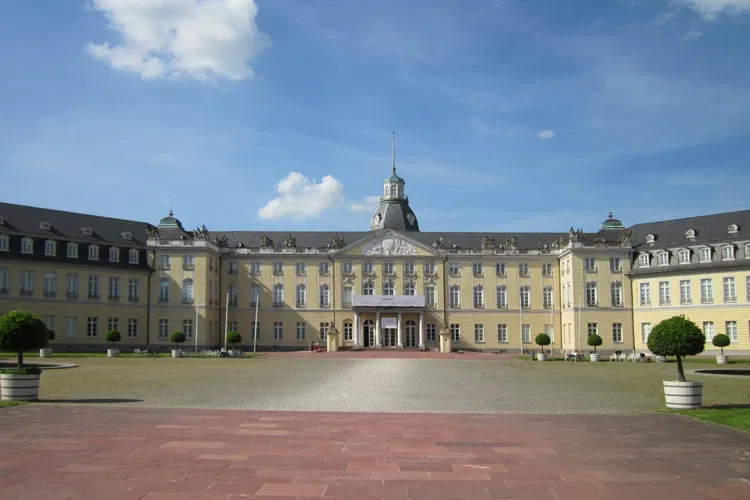
Badisches Landesmuseum
Staufen im BreisgauThe Badisches Landesmuseum, also known as the Baden Regional Museum, is a significant historical and artistic institution in Baden-Württemberg. Established in 1919, the museum is situated within the castle in Karlsruhe, which has been its home since 1921. This museum offers a unique opportunity to delve into the rich history and art of the region.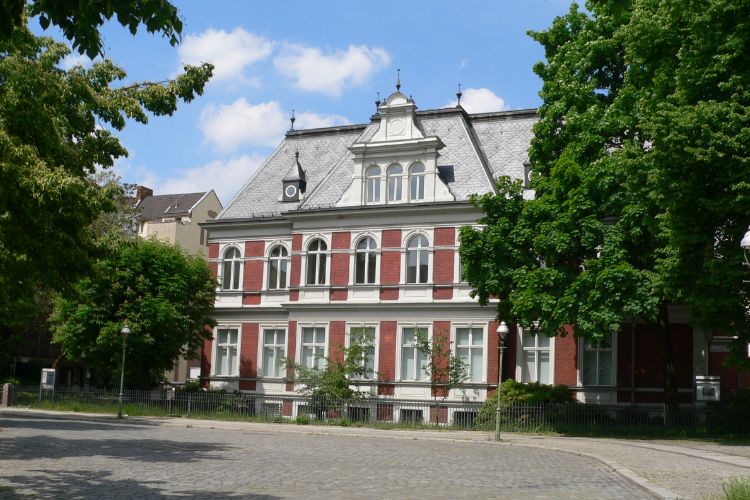
Villa Oppenheim
BerlinThe Villa Oppenheim, or Villa Sorgenfrei, is a villa in Berlin that is built in the style of the Renaissance Revival architecture. Built in 1881, it was the summer residence for Margarete Oppenheim and Otto Georg Oppenheim (a German lawyer and member of the Preußisches Obertribunal). Since 2012 Vill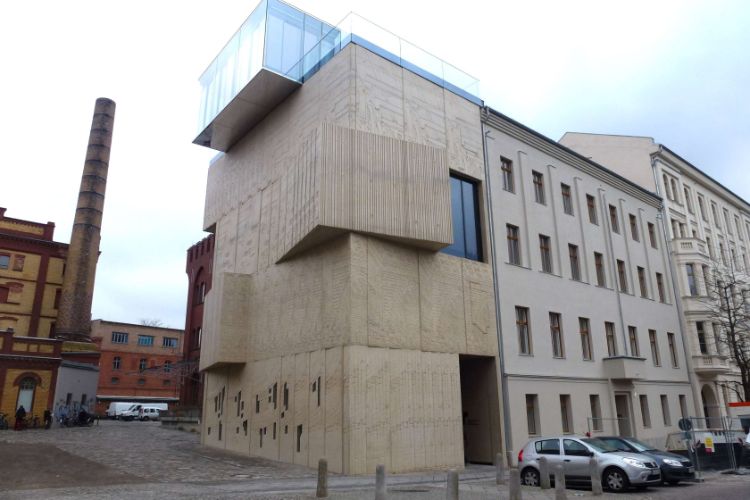
Museum for Architectural Drawing
BerlinThe Museum for Architectural Drawing (Museum für Architekturzeichnung) in Berlin is a private museum run by the Tchoban Foundation. Every year, it presents around three to four exhibitions that are compiled from the Tchoban Foundation's collection or borrowed through collaborations with other museum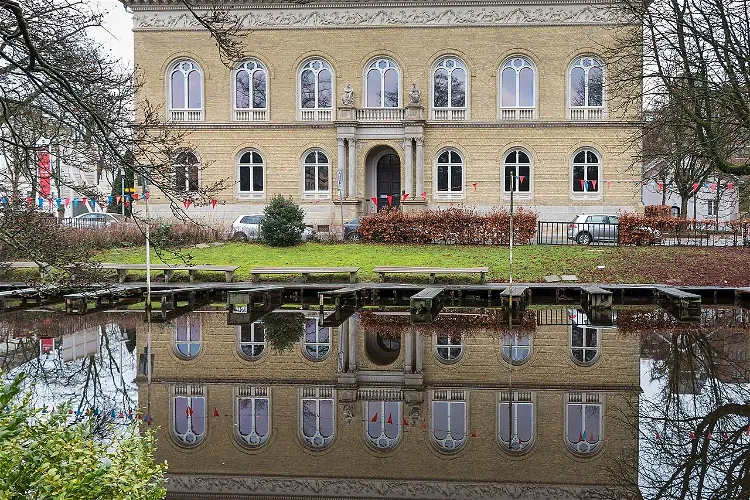
Augusteum, Oldenburg
OldenburgThe Augusteum is home to the “Gallery of Old Masters” of the State Museum for Art and Cultural History Oldenburg. This gallery showcases a vast collection of masterpieces from Dutch, Italian, German, and French painters dating from the 15th to the 18th centuries. Visitors can immerse themselves in the rich artistic heritage of these periods, gaining insights into the techniques and styles of some of the world's most renowned artists.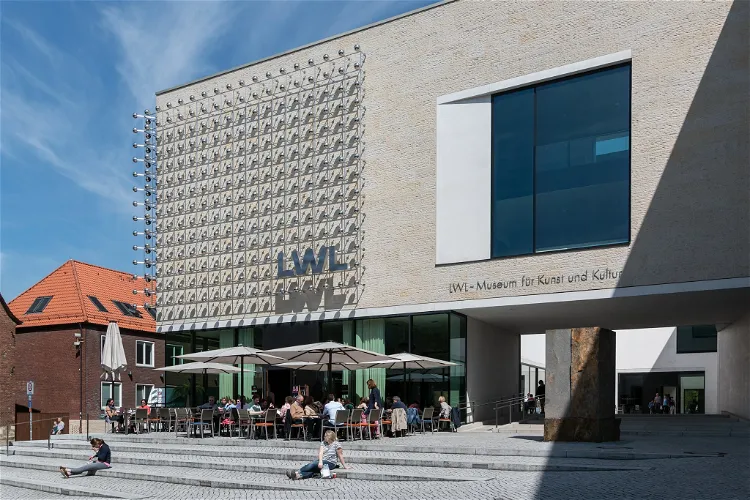
Westphalian State Museum of Art and Cultural History
MünsterThe Westphalian State Museum of Art and Cultural History, located in Münster, Germany, is a renowned institution dedicated to the preservation and exhibition of art and cultural artifacts. The museum offers a unique opportunity to explore a wide range of artistic styles and periods, providing a comprehensive understanding of the region's rich cultural history.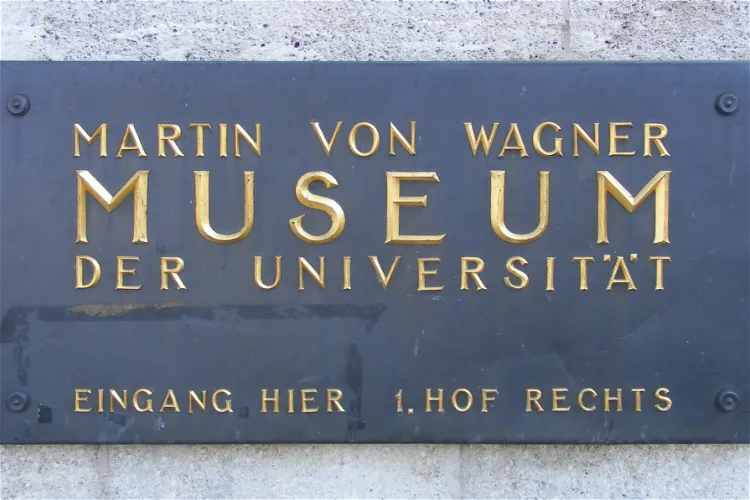
Martin von Wagner Museum
WürzburgThe Martin von Wagner Museum, situated in the south wing of the Würzburg Residence, is home to the University of Würzburg's art collection. This museum is one of the largest university museums in Europe and has been located in the Würzburg Residence since 1963. The collection was initially assembled by Franz Joseph Fröhlich, a musicologist and lecturer of the arts at the University of Würzburg, in 1832.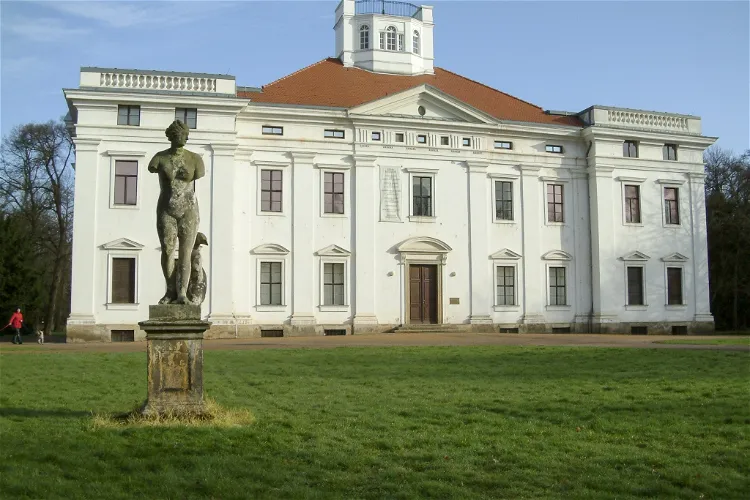
Anhaltische Gemäldegalerie
DessauThe Anhaltische Gemäldegalerie Dessau is an art museum located in the independent city of Dessau-Roßlau. The museum's collection primarily focuses on works of the Old Masters, offering visitors a chance to explore a wide range of historical art pieces.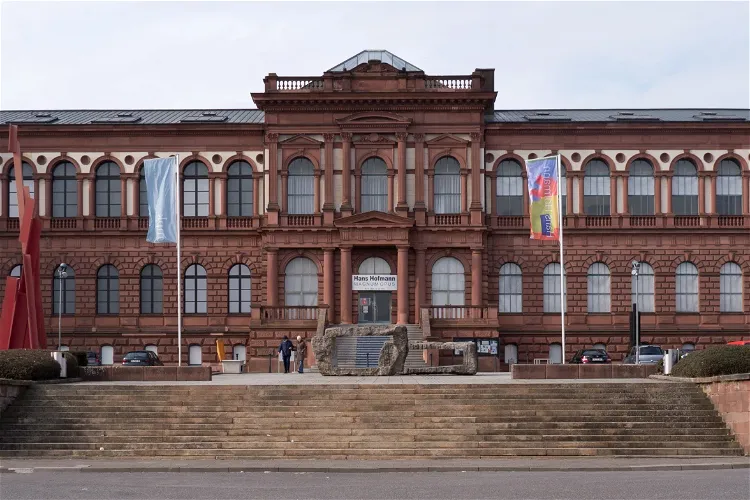
Museum Pfalzgalerie
KaiserslauternThe Museum Pfalzgalerie Kaiserslautern boasts a comprehensive collection of graphic art, making it a significant destination for art enthusiasts. The museum operates under the sponsorship of the Palatinate District Association, further emphasizing its importance in the region's cultural landscape.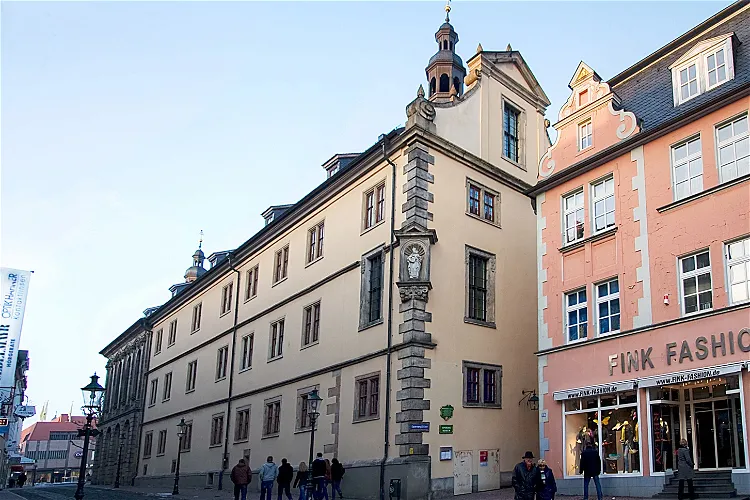
Vonderau Museum
FuldaThe Vonderau Museum, located in the city of Fulda, is named after Joseph Vonderau, a teacher and local researcher. This museum is a significant part of the city's cultural heritage and offers a deep dive into the history and culture of the region.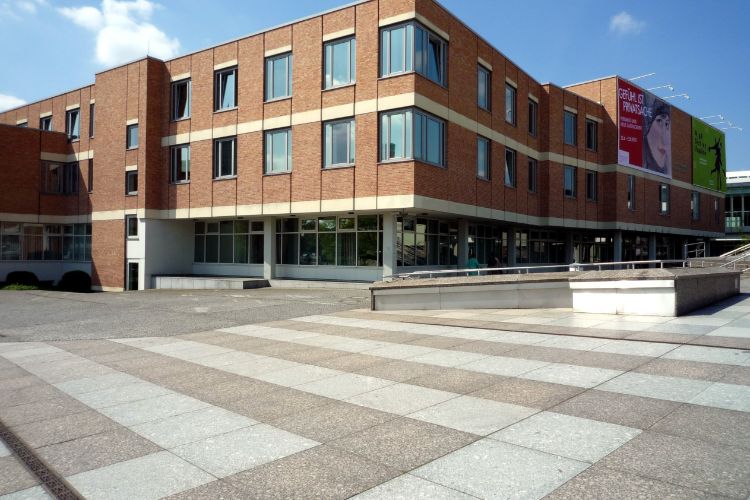
Museum of Prints and Drawings
BerlinThe Kupferstichkabinett in Berlin (Museum of Prints and Drawings) is a prints museum. The collection of graphic works, drawings, engravings, etchings, watercolors, manuscripts, book illustrations and oil sketches, which is considered one of the four most important collections in the world, comprises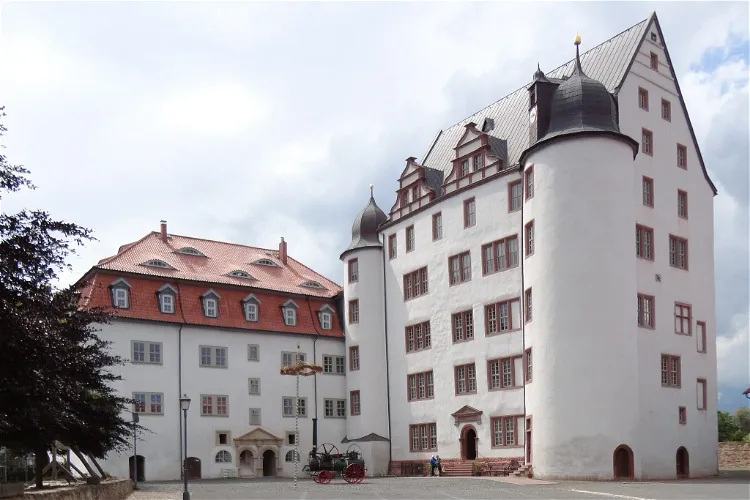
Schloss Heringen
Heringen/HelmeSchloss Heringen is a significant historical site located in the Thuringian town of Heringen/Helme. The castle complex, which dates back to the Renaissance period, was first mentioned in a document from the Fulda Monastery in 1155. This makes it a site of considerable historical interest, offering visitors a glimpse into the region's past.
Kunsthaus Kaufbeuren
KaufbeurenThe Kunsthaus Kaufbeuren is a significant art hall located in Kaufbeuren. It was established in 1996 and is dedicated to the exhibition of contemporary and cultural-historical art. This makes it a great destination for art enthusiasts who are interested in both modern and historical art forms.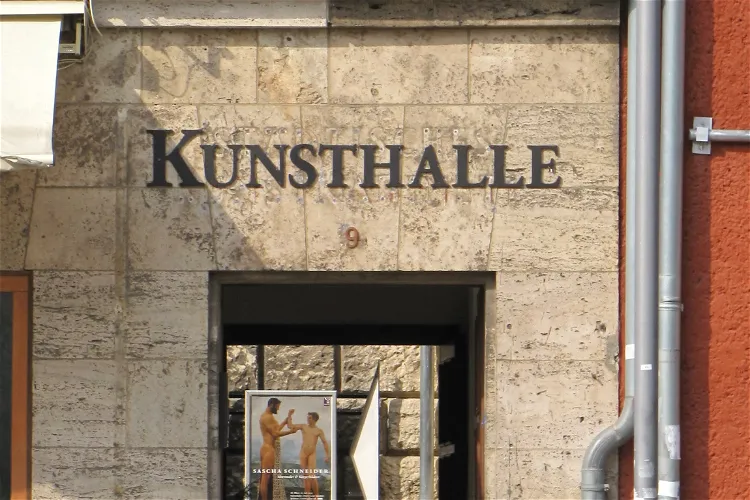
Kunsthalle Harry Graf Kessler
WeimarThe Kunsthalle "Harry Graf Kessler" is a significant historical site in Weimar, built in 1880. The architecture of the building is inspired by the Venetian style of the Renaissance, making it a unique and visually appealing destination for tourists interested in architecture and history.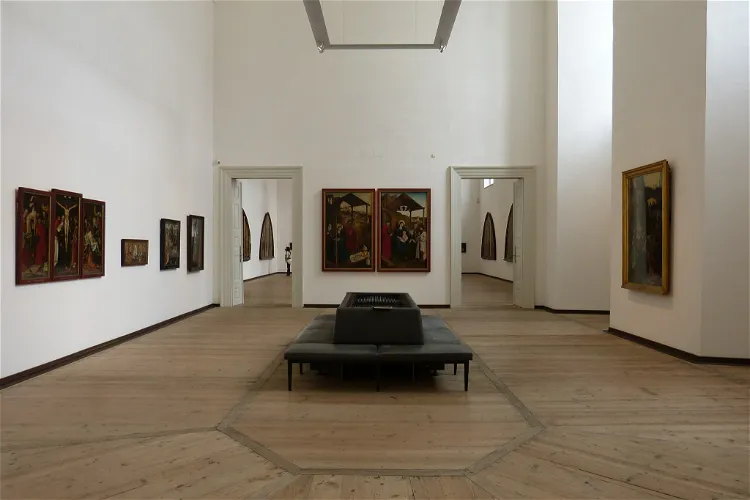
Staatsgalerie Altdeutsche Meister in der Katharinenkirche
AugsburgThe Staatsgalerie Altdeutsche Meister, often referred to as the Staatsgalerie in der Katharinenkirche, is an art museum situated in the old town of Augsburg. The museum was established after 1806 and relocated to the Katharinenkirche of the former Augsburg Katharinenkloster in 1835. This makes it the oldest branch gallery of the Bavarian State Painting Collections.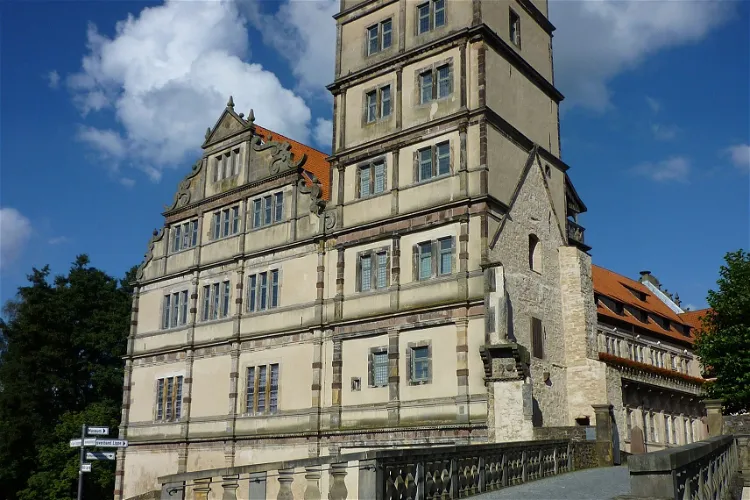
Weserrenaissance-Museum
LemgoThe Weserrenaissance-Museum, which opened its doors in 1986, is a unique institution dedicated to the art and cultural history of the 16th and early 17th centuries in Northern and Western Germany. It is situated in the historic Schloss Brake in Lemgo, North Rhine-Westphalia. The museum offers a deep dive into the Renaissance period, showcasing the cultural richness and artistic achievements of the era.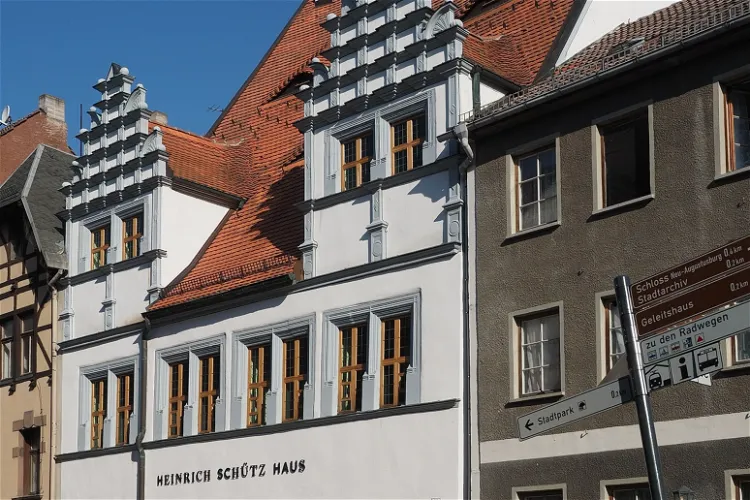
Heinrich Schütz House, Weißenfels
WeißenfelsThe Heinrich-Schütz-Haus stands out as the only largely original residential house of the musician that is open to the public today. This unique attribute provides visitors with an authentic glimpse into the living conditions and environment of the composer during his time in Weißenfels.
CHAMBER OF ART AND CURIOSITIES
LandshutThe Chamber of Art and Curiosities, also known as Kunst- und Wunderkammer Burg Trausnitz, is a branch of the Bavarian National Museum. It is situated in the Trausnitz Castle in Landshut, Lower Bavaria. This museum is a significant part of the Bavarian National Museum and offers a unique insight into the art and curiosities of the Renaissance period.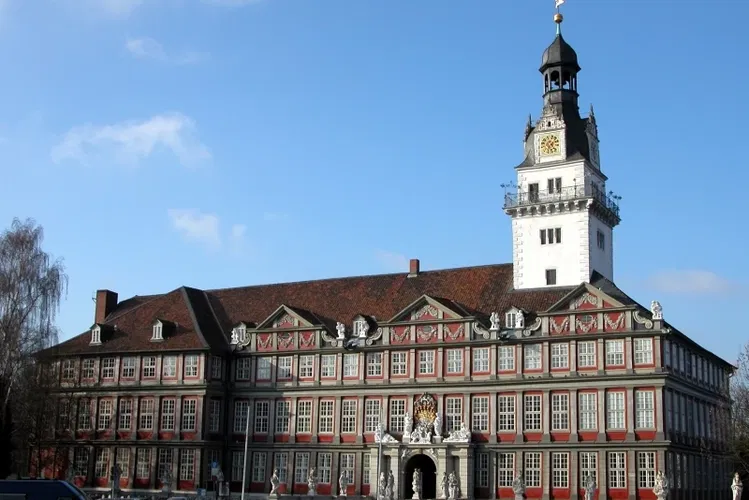
Schloss Wolfenbüttel
WolfenbüttelSchloss Wolfenbüttel, located in Lower Saxony, is the second largest castle in the region. The castle is characterized by its four wings that are arranged around a central courtyard. This architectural feature provides a unique layout that is both visually appealing and historically significant.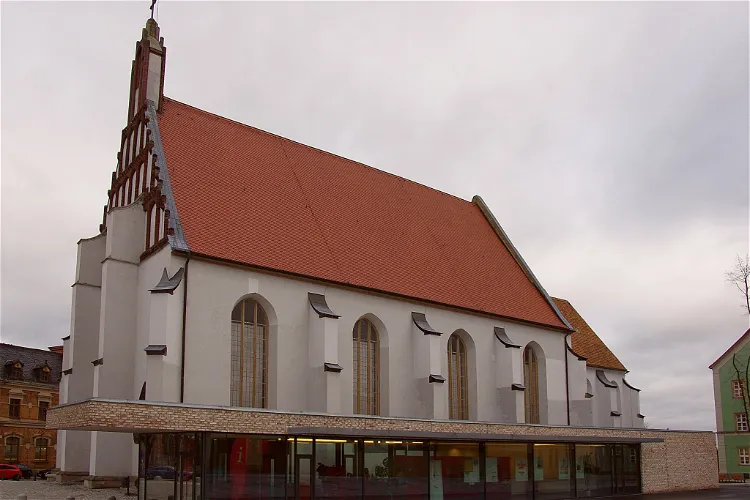
Klosterkirche und Sakralmuseum St. Annen
KamenzSince August 2011, the Klosterkirche St. Annen has been serving multiple purposes. It is not only a place for ecclesiastical activities and concerts but also houses the Klosterkirche und Sakralmuseum St. Annen. This museum showcases sacred works of art from the Kamenz churches, offering visitors a chance to appreciate the religious artistry of the region.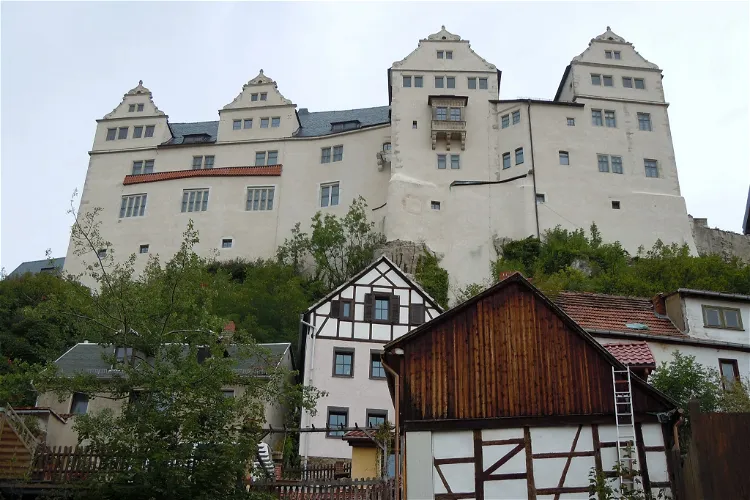
Museum Burg Ranis
RanisBurg Ranis is a castle situated on a ridge near the Thuringian city of Ranis, a short distance from Pößneck. This location offers a unique vantage point and a scenic view of the surrounding area, making it an interesting destination for tourists who appreciate historical architecture and natural beauty.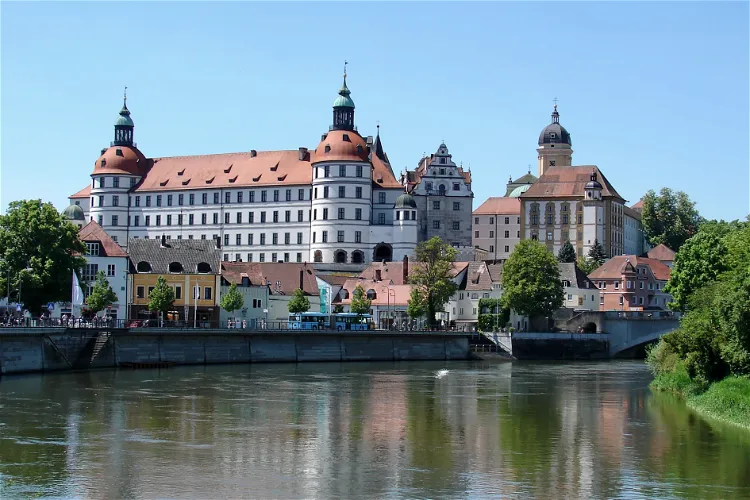
Neuburg Castle
Neuburg an der DonauIn 1527, Count Palatine Otto Henry initiated a significant transformation of the Neuburg Castle. He ordered the castle to be redesigned into a Renaissance palace, aiming to elevate its artistic quality and status. As a result, the castle became one of the most important palaces in Germany during the first half of the 16th Century.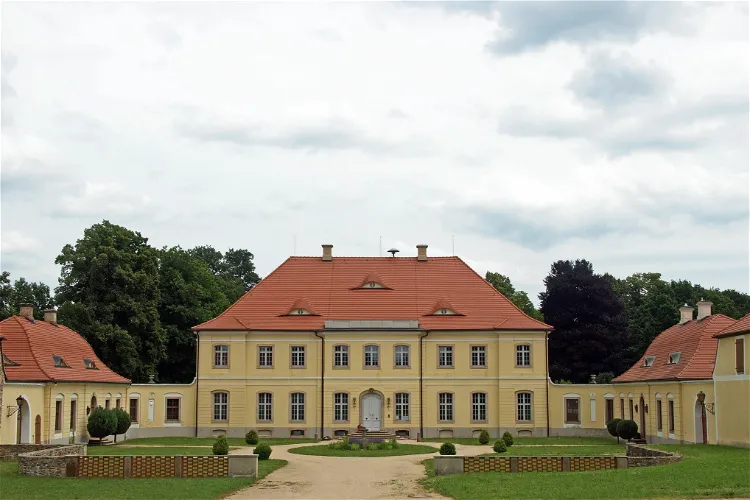
Barockschloss Königshain
KönigshainThe Barockschloss Königshain, also referred to as Neues Schloss Königshain, is one of two castles located in the community of Königshain, situated in the Görlitz district. This region is part of Upper Lusatia, an area in eastern Saxony. The castle is a significant part of the local history and architecture, offering visitors a glimpse into the past.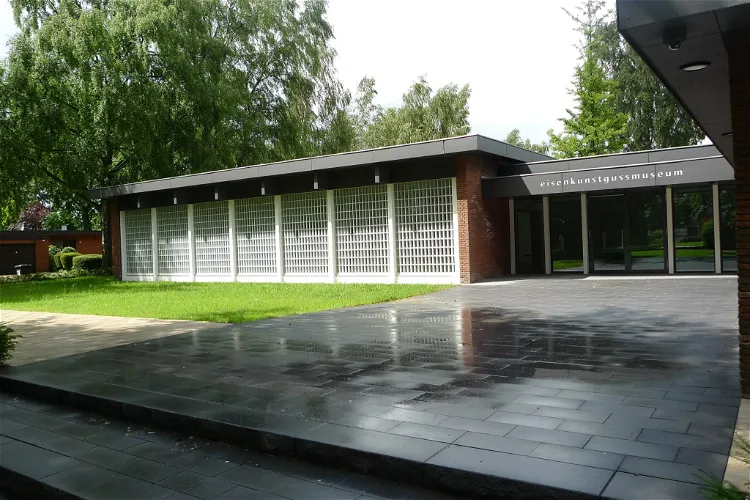
Eisenkunstguss Museum
BüdelsdorfThe Eisenkunstguss Museum Büdelsdorf is a unique trade museum located in Büdelsdorf. It is dedicated to the exploration and preservation of cast iron, the art casting of the 19th century, and the associated history and cultural history. This museum provides a deep dive into the world of iron casting, offering a unique perspective on this important aspect of industrial history.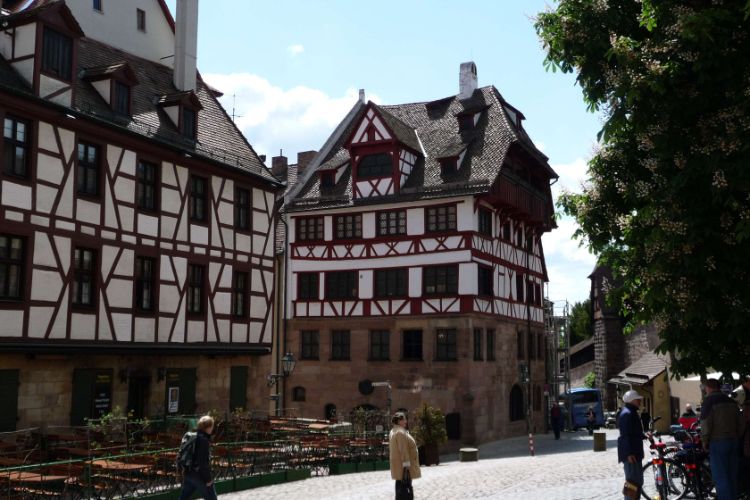
Albrecht Dürer's House
NurembergThe Albrecht Dürer's House (Albrecht-Dürer-Haus) is a Nuremberg Fachwerkhaus and the home of painter, printmaker, and theorist of the German Renaissance Albrecht Dürer from 1509 to his death in 1528. The house was built around 1420 and has five stories functioning as a museum dedicated to Dürer's li- 133
Museum of Musical Instruments Lißberg
LißbergThe Museum of Musical Instruments Lißberg is situated in the district of Lißberg, which is a part of Ortenberg in the Hessian Wetteraukreis. This location is easily accessible and offers a unique cultural experience for visitors interested in music and history.